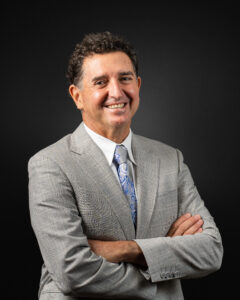
Author: Dr. Joseph Tauro, MD
Shoulder rotator cuff injuries are common. Sometimes they occur in older patients from wear and tear, but particularly among athletes and those involved in repetitive overhead activities. These injuries can be painful and limiting, but rehabilitation can be very effective. With the right guidance, you can perform much of the rehab yourself at home (although often a physical therapist may help supervise and teach you the proper exercises to start). This guide will help you manage your rotator cuff injury.
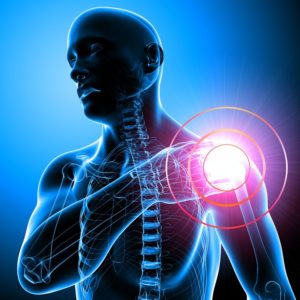
Understanding Rotator Cuff Injuries
The rotator cuff is a group of four muscles and their tendons that surround the ball and socket of the shoulder that stabilize the shoulder and allow for a wide range of motion. Injuries to the rotator cuff can include tendinitis, bursitis, and tears. These injuries often result from overuse, trauma, or degenerative changes.
Symptoms of Rotator Cuff Injuries
- Pain and tenderness in the shoulder, especially when reaching overhead or behind the back. This pain is most commonly felt laterally over the external deltoid muscle but can be more towards the back around the shoulder blade or more in the front near the biceps.
- Weakness in the shoulder
- Reduced range of motion
- Difficulty sleeping on the affected side
- Clicking or popping sounds during shoulder movement
Initial Steps: Consult a Specialist
Before starting any self-rehabilitation program, it’s crucial to consult with an orthopedic specialist such as Dr Tauro to get an accurate diagnosis and personalized treatment plan. Dr Tauro can assess the severity of your injury and recommend the best course of action, which may include imaging tests like an xray, and if you don’t get better with rehabilitation, an MRI or ultrasound.
At-Home Rehabilitation Techniques
-
Rest and Ice:
- Rest your shoulder and avoid activities that aggravate the pain.
- Apply ice packs to the shoulder for 15-20 minutes several times a day to reduce inflammation and pain.
-
Stretching Exercises:
- Gentle stretching exercises can help maintain flexibility and prevent stiffness. Examples include the pendulum stretch and the cross-body stretch.
-
Pendulum Stretch:
- Lean forward slightly and let your arm hang down. Gently swing your arm in small circles.
-
Cross-Body Stretch:
- Use your unaffected arm to lift the injured arm at the elbow and bring it across your body, holding the stretch for 15-30 seconds.
-
Strengthening Exercises:
- As your pain decreases, incorporate strengthening exercises to build the muscles around the shoulder. Use light weights or resistance bands to perform exercises like the external rotation and the scapular squeeze(a “low row” type exercise).
-
External Rotation:
- Lie on your side with the injured arm on top. Bend your elbow to 90 degrees and keep your elbow close to your body. Slowly rotate your forearm upward and then back down.
-
Scapular Squeeze/Low Row:
- Stand or sit with your back straight. Squeeze your shoulder blades together and hold for 5 seconds before releasing. Scapular strengthening can also be done with many home gyms or a rowing machine.
-
Range-of-Motion Exercises:
- These exercises can help restore normal shoulder movement. Examples include the wall crawl and the towel stretch.
-
Wall Crawl:
- Face a wall and walk your fingers up the wall as high as you comfortably can. Hold for a few seconds and then walk your fingers back down.
-
Towel Stretch:
- Hold a towel behind your back with one hand and grab the other end with the opposite hand. Pull the towel upward with your top hand and then pull downward with your bottom hand.
Professional Rehabilitation
-
Physical Therapy:
- Working with a physical therapist can accelerate your recovery and is a great way to learn how to do much of your rehabilitation ultimately on your own. A therapist can provide hands-on treatment, advanced exercises, and modalities like stims and ultrasound therapy to reduce pain and inflammation.
-
Follow-Up Appointments:
- Regular follow-up appointments with Dr Tauro are important to monitor your progress and make any necessary adjustments to your treatment plan.
Long-Term Maintenance
-
Consistent Exercise:
- Continue performing the prescribed exercises even after you’ve recovered to maintain shoulder strength and flexibility.
-
Proper Technique:
- Whether you’re an athlete or someone who performs repetitive overhead activities, ensure you use proper techniques to reduce the risk of re-injury.
-
Lifestyle Adjustments:
- Make necessary adjustments to your daily activities to avoid putting undue stress on your shoulder.
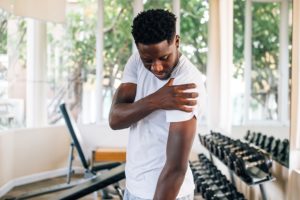
When to Seek Medical Attention
If you experience any of the following, seek immediate medical attention:
- Severe pain that doesn’t improve with rest and ice
- Sudden weakness in the shoulder
- Signs of infection, such as redness, warmth, or fever
- Inability to move the shoulder
Conclusion
Rehabilitating a shoulder rotator cuff injury requires patience, consistency, and the right approach. With a combination of professional guidance, formal rehabilitation and at-home exercises, you can effectively manage your injury and regain shoulder function. At AOSMI, we are dedicated to helping you recover and get back to your daily activities.
About the Author
Dr. Joseph Tauro is board certified by the American Board of Orthopedic Surgeons and is a nationally recognized expert in the treatment of shoulder, sports, and degenerative joint disorders. Dr. Tauro’s position at Rutgers Medical School and as a national lecturer on the latest orthopedic techniques assures patients will be provided with the finest care available. Patients with complex problems are often referred to Dr. Tauro from across the United States.
Don’t let a shoulder rotator cuff injury hold you back any longer. At AOSMI, our expert orthopedic specialists provide comprehensive evaluations and personalized rehabilitation plans to ensure your full recovery. Early diagnosis and treatment can significantly speed up your recovery and help you regain full shoulder function.
For more information or to schedule an appointment, visit AOSMI or call us at 732.907.8798. Take the first step towards recovery today and reclaim your shoulder strength and mobility!
If shoulder pain is limiting your mobility and hasn’t responded to other treatments, total shoulder replacement might be the solution. Thanks to modern advancements, minimally invasive shoulder replacement techniques offer significant benefits to patients. These innovations lead to quicker recovery times and fewer complications.
Minimally Invasive Shoulder Replacement Surgery
Surgeons now use mini-incisions, which allow for smaller scars and less tissue damage. Patients often benefit from:
- Shorter hospital stays (some qualify for outpatient surgery)
- Faster recovery after joint replacement surgery
- Reduced blood loss and fewer complications
- Less need for pain medication due to improved pain management techniques
Precision with Computer-Assisted Surgery
One of the latest innovations in shoulder replacement surgery is the use of computer-assisted navigation. This technology allows for:
- Enhanced precision in making bone cuts
- Improved accuracy when placing components
- Increased longevity of the joint replacement
- Reduced need for revision surgeries
FAQs about Total Shoulder Replacement
Let’s discuss some frequently asked questions (FAQs) about shoulder replacement:
How long does it take to recover from total shoulder replacement?
Recovery time varies, but many patients regain mobility within 3-6 months with physical therapy.
Is shoulder replacement surgery painful?
Advances in pain management techniques make the surgery less painful, and many patients report minimal discomfort post-surgery.
What is the difference between a standard and reverse shoulder replacement?
A standard replacement mimics the natural anatomy of your shoulder, while a reverse shoulder replacement is used for patients with certain conditions, like a torn rotator cuff.
Learn More
If you’re considering total shoulder replacement surgery, contact Advanced Orthopedic and Sports Medicine Institute (AOSMI) today to explore your options and regain pain-free movement. AOSMI serves patients throughout New Jersey, with convenient locations in Freehold, Monroe Township, Toms River, Belmar, Edison, and Manalapan.
Baseball places significant demands on the shoulder and elbow joints, making them susceptible to injuries from repetitive motions like throwing and swinging. As an experienced orthopedic specialist, I frequently treat athletes suffering from common baseball injuries such as rotator cuff tears, labral tears, biceps and UCL injuries. Understanding these injuries in baseball and implementing prevention strategies can help keep players healthy and performing at their best.
About the Author: Joseph Tauro, MD, a Board-Certified orthopedic surgeon by the American Board of Orthopedic Surgeons, is nationally recognized for his expertise in treating shoulder, sports, and degenerative joint disorders. As a professor at Rutgers Medical School and a Master Instructor for the Arthroscopy Association of North America (AANA), he leads the field in developing new techniques for minimally invasive joint replacement, arthroscopic shoulder surgery, and Augmented Reality surgical training. Patients from across the U.S. are referred to Dr. Tauro for his specialized care. Request an appointment with Dr. Tauro today to experience expert orthopedic care first-hand!
Common Shoulder and Elbow Injuries in Baseball
Shoulder Injuries in Baseball:
- Rotator Cuff Injuries: The rotator cuff is a group of muscles and tendons that stabilize the shoulder. Repetitive throwing can cause rotator cuff tears (typically partial tears) or inflammation.
- Labrum Tears: The labrum is a ring of cartilage that surrounds the shoulder socket. Labrum tears can occur from overuse or trauma, leading to pain and instability
- Biceps tears: These are typically partial tears or tendinitis. There’s a type of labral tear associated with biceps problems called a SLAP lesion.
- Shoulder Impingement: This occurs when the rotator cuff tendons are pinched during shoulder movements, causing pain and reduced range of motion.
Elbow Injuries in Baseball:
- Ulnar Collateral Ligament (UCL) Injury: The UCL stabilizes the elbow during throwing motions. Repetitive stress can cause UCL tears, sometimes requiring surgical repair (Tommy John surgery).
- Flexor Tendinitis: Inflammation of the tendons that attach to the inner elbow, often caused by overuse.
- Olecranon Stress Fracture: Repeated stress on the elbow can cause small fractures in the olecranon, the bony tip of the elbow.

Prevention Strategies for Arm Injuries in Baseball
Proper Mechanics:
- Ensuring proper throwing mechanics can reduce stress on the shoulder and elbow. Working with a coach or physical therapist to refine technique is crucial.
Strengthening and Conditioning:
- A well-rounded conditioning program focusing on shoulder and arm strength, flexibility, and endurance can help prevent injuries. This includes exercises targeting the rotator cuff, scapular stabilizers, and core muscles.
Pitch Counts and Rest:
- Adhering to pitch count guidelines and ensuring adequate rest between pitching sessions can help prevent overuse injuries. The American Sports Medicine Institute (ASMI) provides guidelines on appropriate pitch counts for different age groups.
Warm-Up and Cool-Down:
- Proper warm-up and cool-down routines are essential. Dynamic stretching before activity and static stretching afterward can maintain flexibility and reduce injury risk.
Monitoring Symptoms:
- Players should be encouraged to report any pain or discomfort early. Early intervention can prevent minor issues from becoming major injuries.

Treatment Options for Arm Injuries in Baseball
Non-Surgical Treatments:
- Rest and Ice: Initial treatment for most shoulder and elbow injuries involves rest and ice to reduce inflammation.
- Physical Therapy: A structured rehabilitation program can help restore strength and range of motion.
- Medications: Nonsteroidal anti-inflammatory drugs (NSAIDs) can help manage pain and inflammation.
Surgical Treatments:
- Arthroscopy: Minimally invasive surgery can repair labrum tears, remove impinging bone spurs, or debride damaged tissue.
- Tommy John Surgery: Reconstruction of the UCL using a tendon graft, often necessary for severe UCL injuries.
Rehabilitation:
- Post-surgery rehabilitation is crucial for a successful return to play. This includes progressive strength and flexibility exercises, often guided by a physical therapist. At AOSMI, we have a team of expert physical therapists to help you recover from your shoulder and elbow injuries.
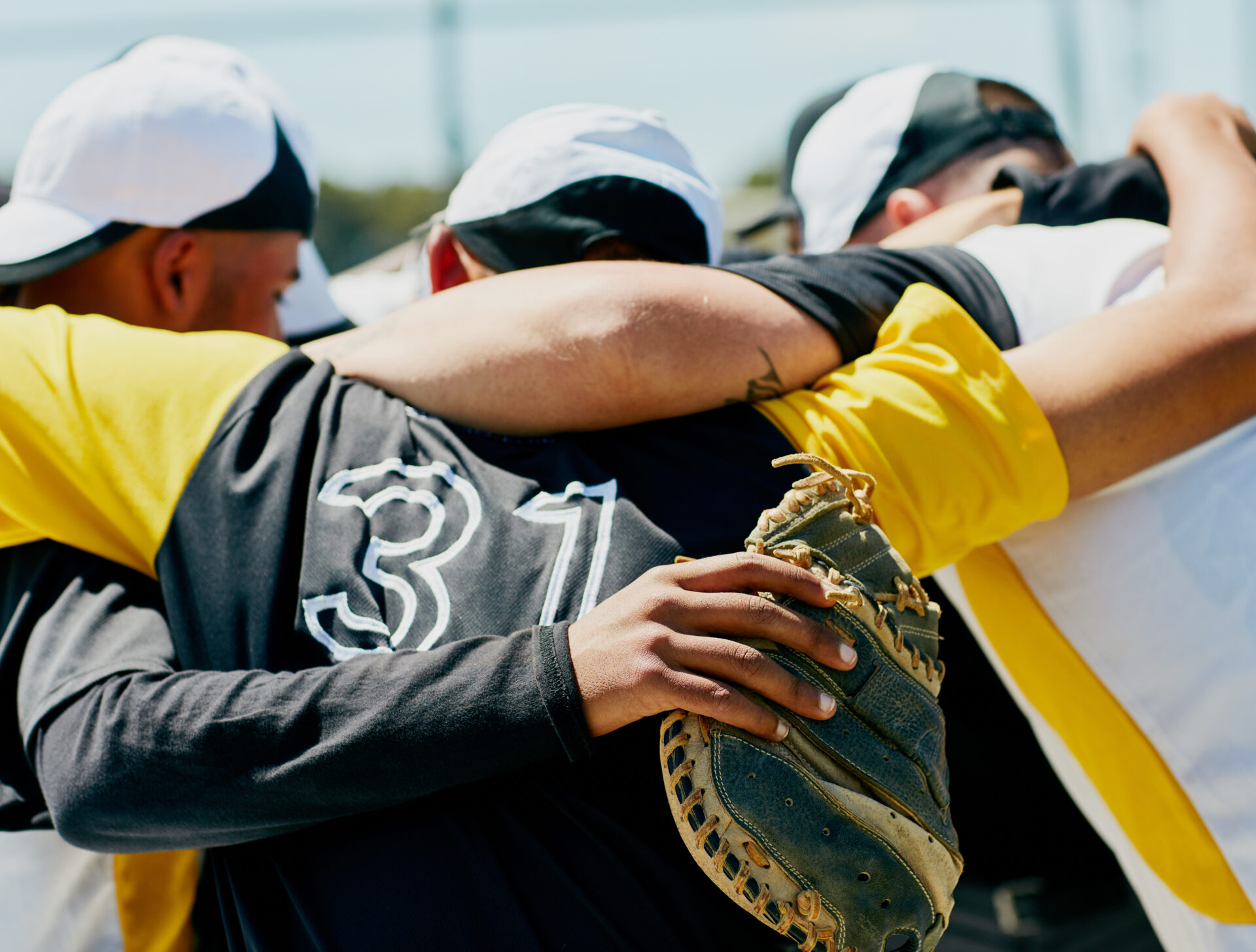
Recover from Baseball Arm Injuries with Comprehensive Orthopedic Care at AOSMI in New Jersey!
Preventing and treating shoulder and elbow injuries in baseball requires a comprehensive approach that includes proper mechanics, conditioning, adherence to pitch counts, and early intervention. Dr. Tauro and the AOSMI team specialize in diagnosing and treating sports injuries, helping athletes return to their peak performance.
If you’re experiencing shoulder or elbow pain from playing baseball, don’t wait and risk further injury. Dr. Tauro and the AOSMI team offer comprehensive evaluations and expert care tailored to your needs. Early diagnosis and treatment can significantly improve your recovery and get you back in the game faster and stronger – schedule an appointment with Dr. Tauro today to start your path to recovery!
Shoulder instability and labral tears can significantly impact your daily life, causing pain and limiting your range of motion. Fortunately, there are several effective treatment options available to help you recover and regain full shoulder function.
Conservative Treatments
For many patients, non-surgical treatments can provide substantial relief. Physical therapy is often the first line of defense, focusing on strengthening the muscles around the shoulder and improving stability. This approach may include targeted exercises, stretches, and activities designed to enhance joint function and reduce pain. Additionally, anti-inflammatory medications and corticosteroid injections can help manage pain and inflammation, aiding in overall recovery.
Arthroscopic Surgery
When conservative measures are insufficient, arthroscopic surgery is a minimally invasive option that can address both shoulder instability and labral tears. During this procedure, a small camera and specialized instruments are inserted through tiny incisions to repair damaged tissues. Arthroscopic surgery is favored for its precision, reduced trauma to surrounding tissues, and quicker recovery time compared to traditional open surgery.
Rehabilitation and Recovery
Post-surgery rehabilitation is crucial for optimal recovery. A tailored physical therapy program will be essential in rebuilding strength, restoring flexibility, and ensuring that the shoulder heals properly. Adhering to your rehabilitation plan and following your surgeon’s advice will help you return to your regular activities and prevent future issues.
Turn to AOSMI for Expert Care
At AOSMI, we offer advanced treatments for shoulder instability and labral tears. Our experienced team will work with you to develop a personalized plan that suits your needs and helps you achieve the best possible outcomes. Contact us today to schedule a consultation and explore your treatment options.
We are thrilled to announce that several esteemed physicians from Advanced Orthopedics and Sports Medicine Institute (AOSMI) have been recognized as NJ Top Docs for 2024. This prestigious honor underscores our commitment to providing exceptional orthopedic care and advanced treatment options for our patients in New Jersey.
About the Top Docs Awards
The Top Docs awards are based on a rigorous selection process. Nominees complete a comprehensive qualification questionnaire covering their education, training, years in practice, continuing education, licensing, publications, charitable work, professional appointments, and achievements. Each component is verified to ensure that nominees meet the high standards set by the Top Docs organization. Board certification is required for applicable specialties, and nominees must also undergo a thorough review of malpractice and licensing records to confirm there are no serious issues. Patient reviews are collected and compiled to provide a comprehensive assessment of each nominee’s performance.
Join us in celebrating the remarkable accomplishments of the following Top Docs nominees:

Michael J. Greller, MD, MBA, CPE, FAAOS
Dr. Michael J. Greller is a Board-certified orthopedic surgeon specializing in sports medicine and joint preservation. His comprehensive approach to patient care, combined with his administrative expertise, has established him as a leader in orthopedic surgery. Dr. Greller’s commitment to excellence is evident in both his clinical and organizational contributions to AOSMI.
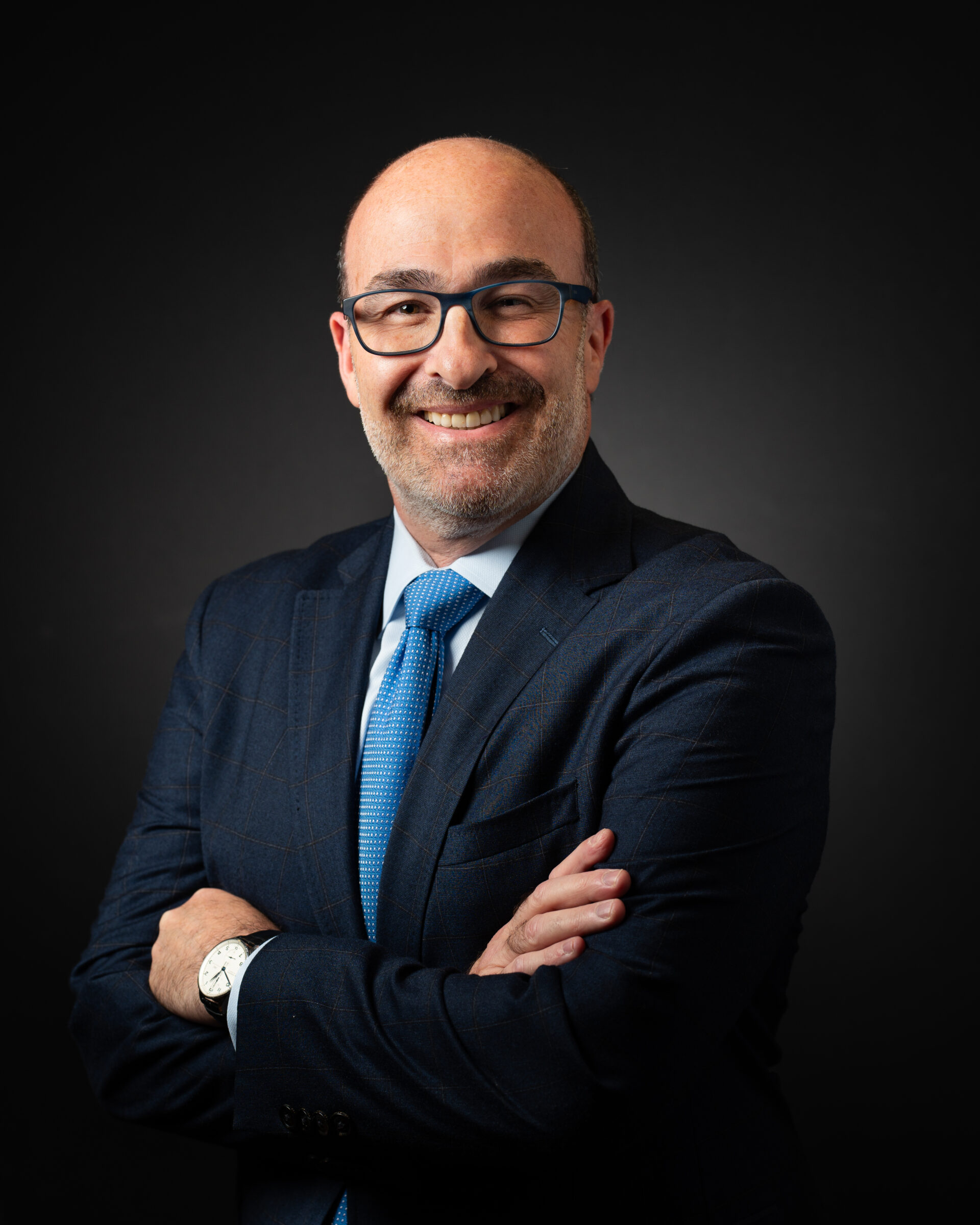
Ali Valimahomed, MD, FAAPMR
Dr. Ali Valimahomed is a dual Board-certified specialist in Pain Medicine and Physical Medicine & Rehabilitation. His expertise lies in comprehensive pain management and restoring function to patients suffering from chronic pain conditions. Dr. Valimahomed’s holistic approach and dedication to improving patients’ quality of life make him a standout in his field.
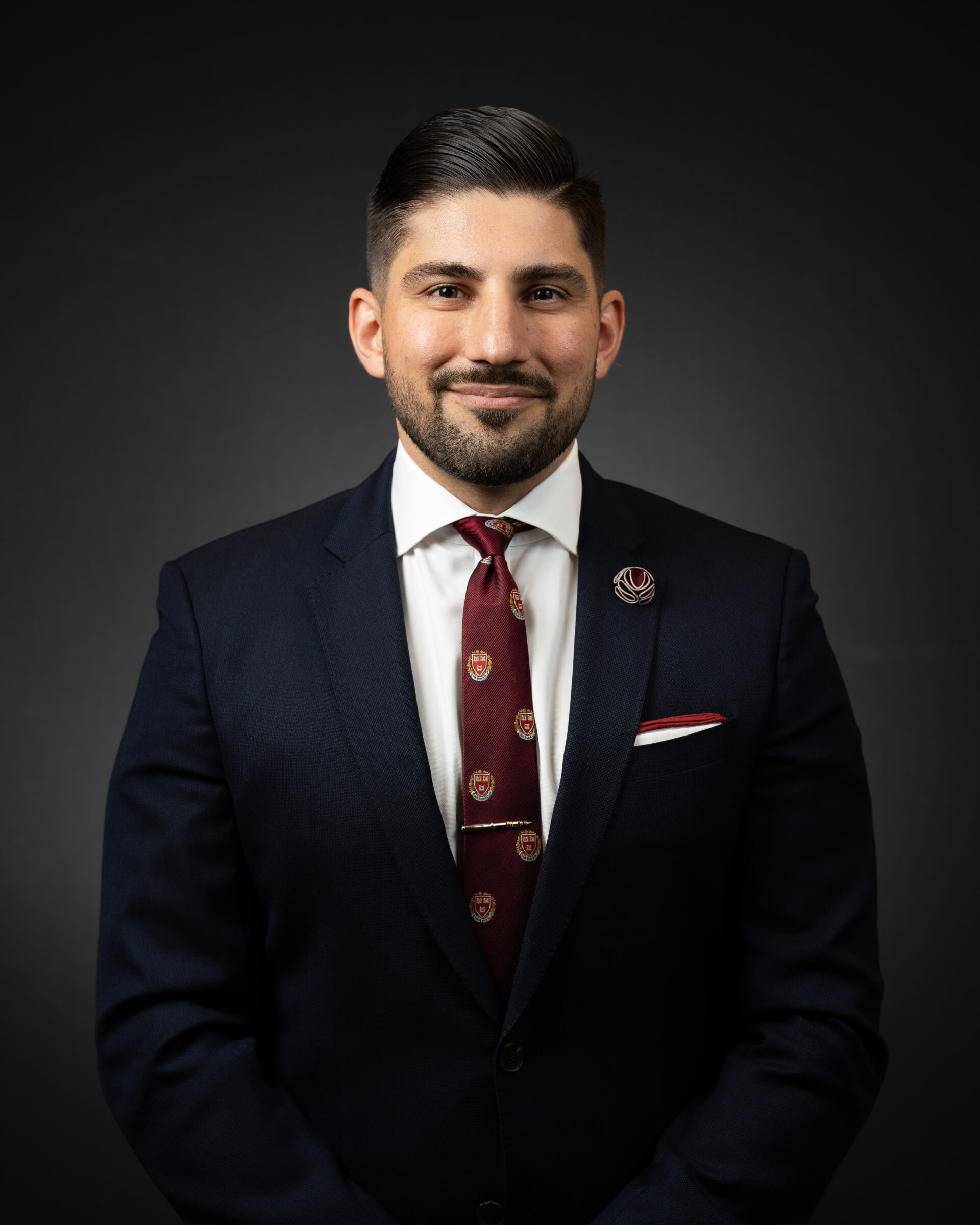
Alison Dewaters, DPM, FACFAS
Dr. Alison Dewaters is a Board-certified podiatric surgeon with a focus on reconstructive foot and ankle surgery. As a Fellow of the American College of Foot and Ankle Surgeons, Dr. Dewaters is renowned for her surgical precision and compassionate patient care, ensuring optimal outcomes for her patients.
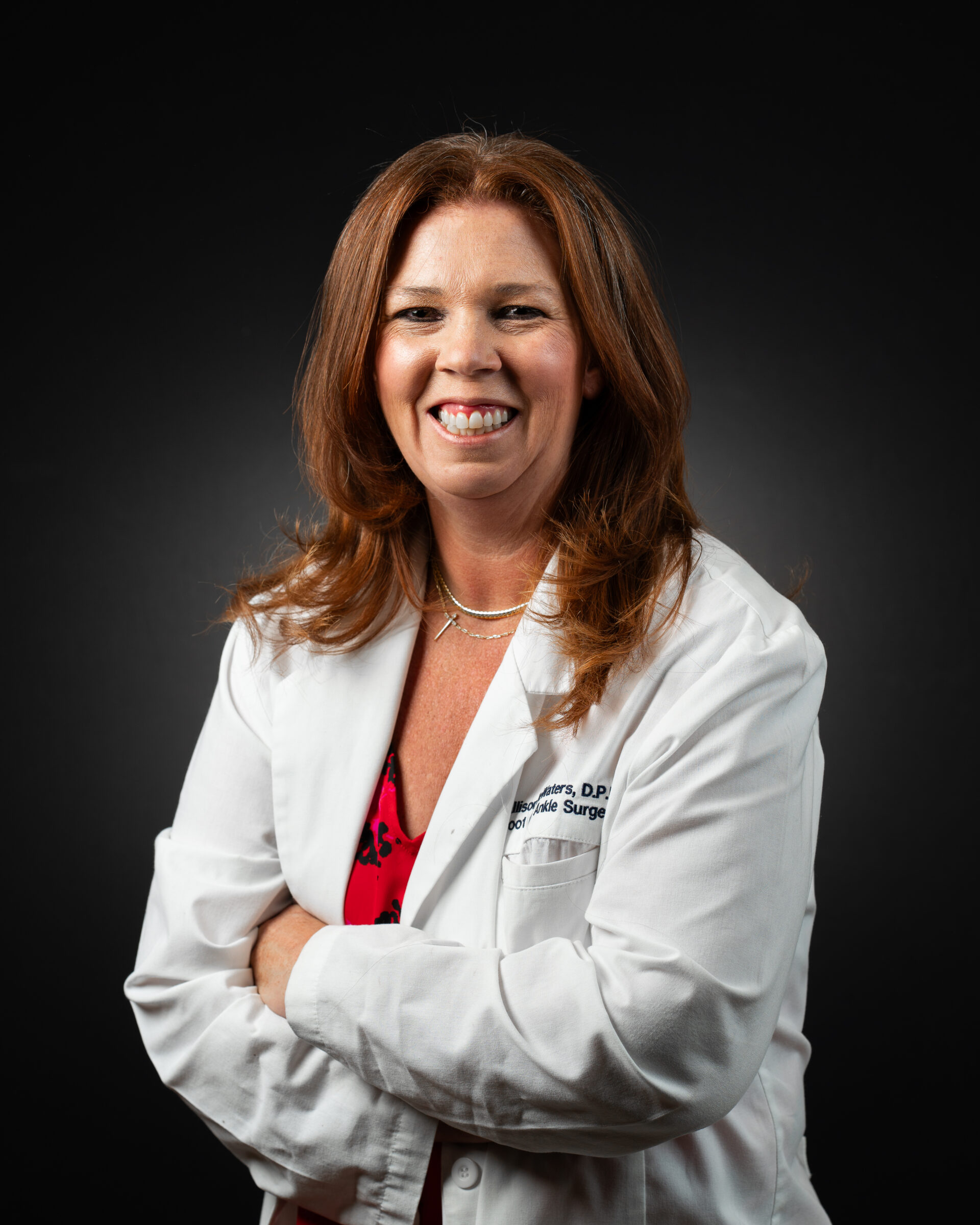
Arth Patel, MD, MPH
Dr. Arth Patel is a Board-certified Primary Care Sports Medicine physician with a background in Family Medicine. He is dedicated to the non-operative management of musculoskeletal injuries, promoting wellness and injury prevention. Dr. Patel’s patient-centered approach and emphasis on holistic care have earned him a well-deserved place among NJ’s top doctors.
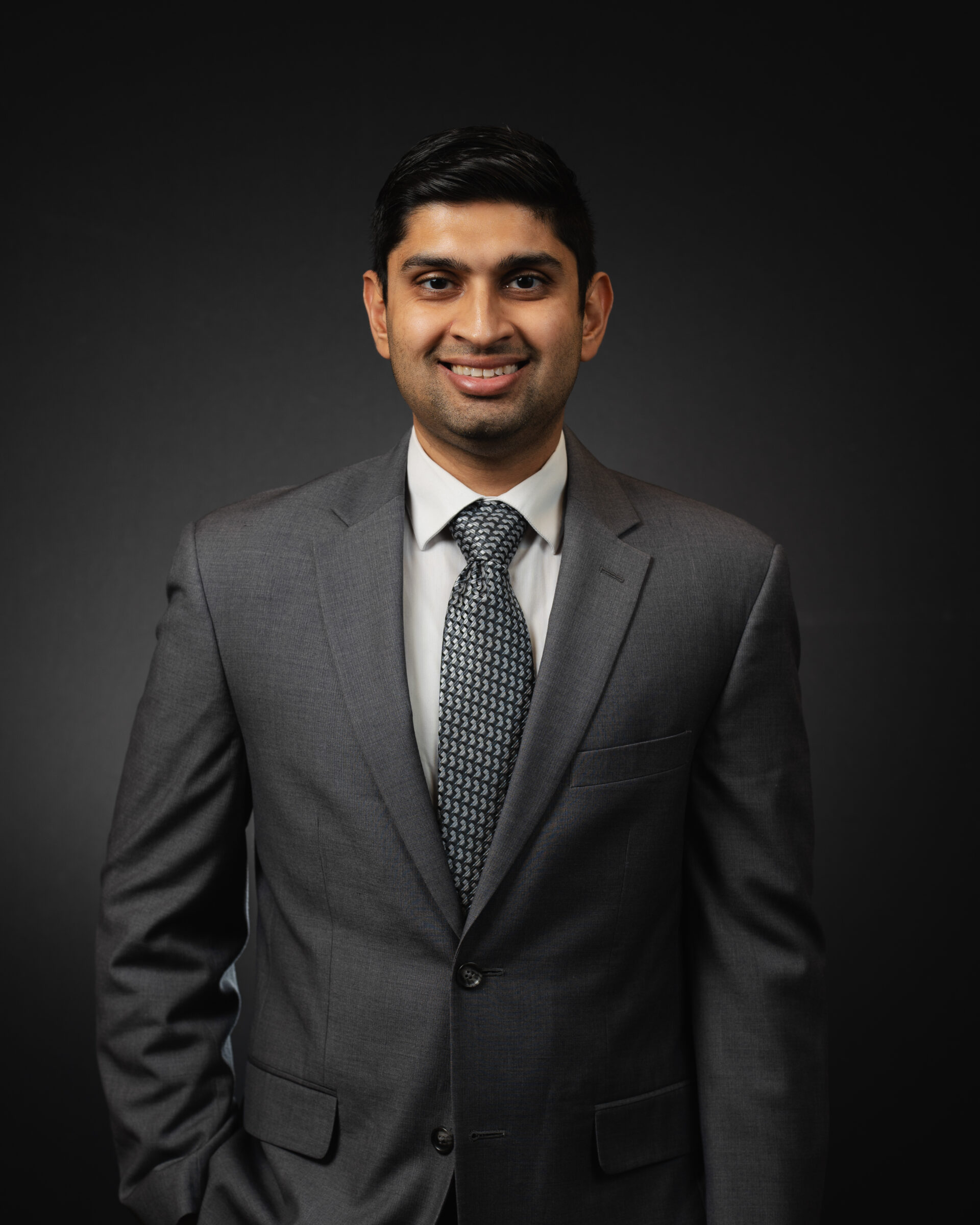
Eric Buxbaum, DO, FAAOS
Dr. Eric Buxbaum is a Board-certified orthopedic surgeon with expertise in hip and knee replacement surgery. His focus on advanced surgical techniques and patient-centric care has made him a trusted name in joint health. Dr. Buxbaum’s approach combines precision with compassion, ensuring his patients receive the best possible care.
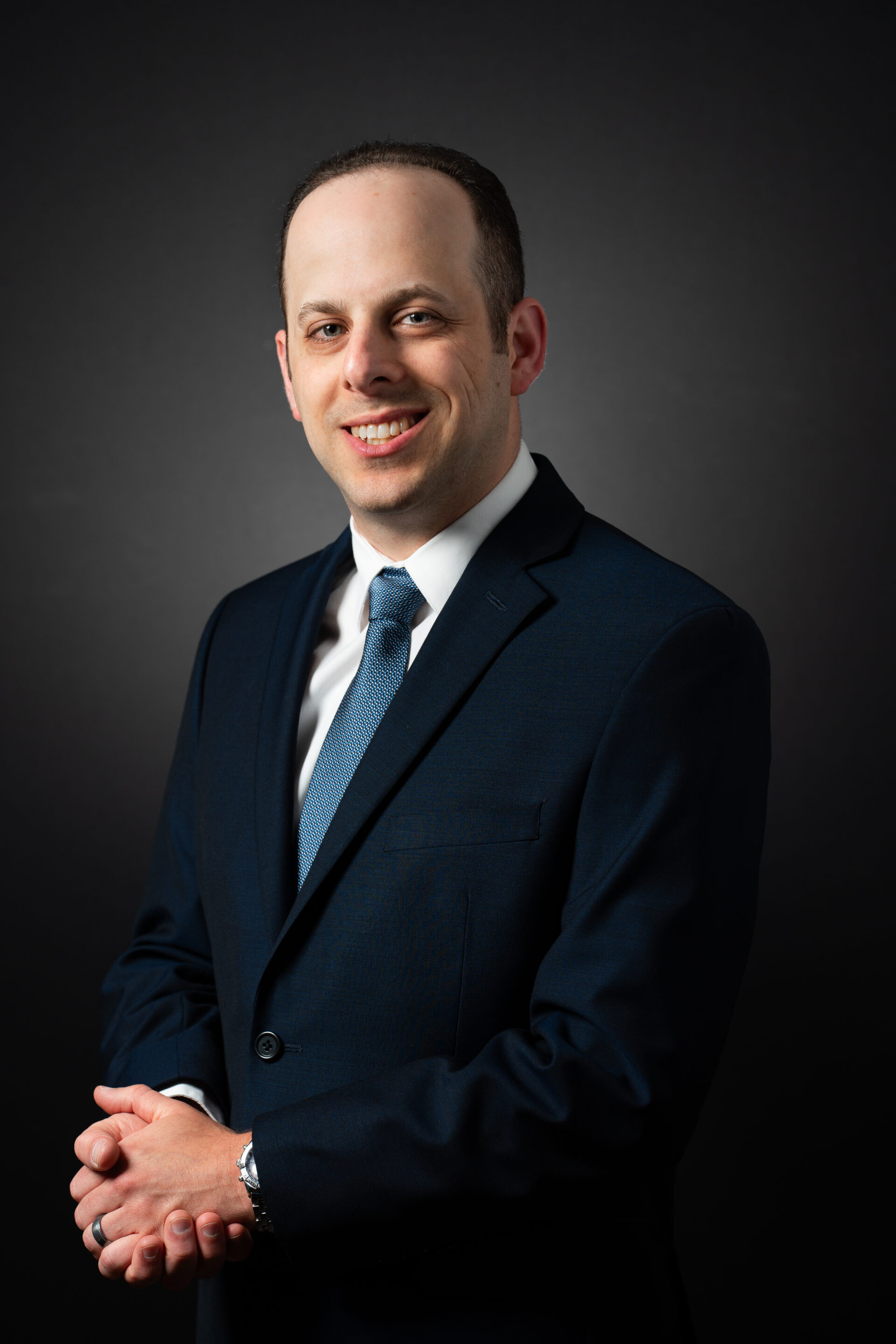
Joseph Tauro, MD
Dr. Joseph Tauro is a nationally recognized expert in shoulder, sports and degenerative joint disorders, known for his pioneering techniques in arthroscopic surgery. As a Board-certified Orthopedic Surgeon, Dr. Tauro’s contributions to the field have set new standards in patient care and surgical excellence. His innovative approach ensures that patients receive the most advanced and effective treatments available.
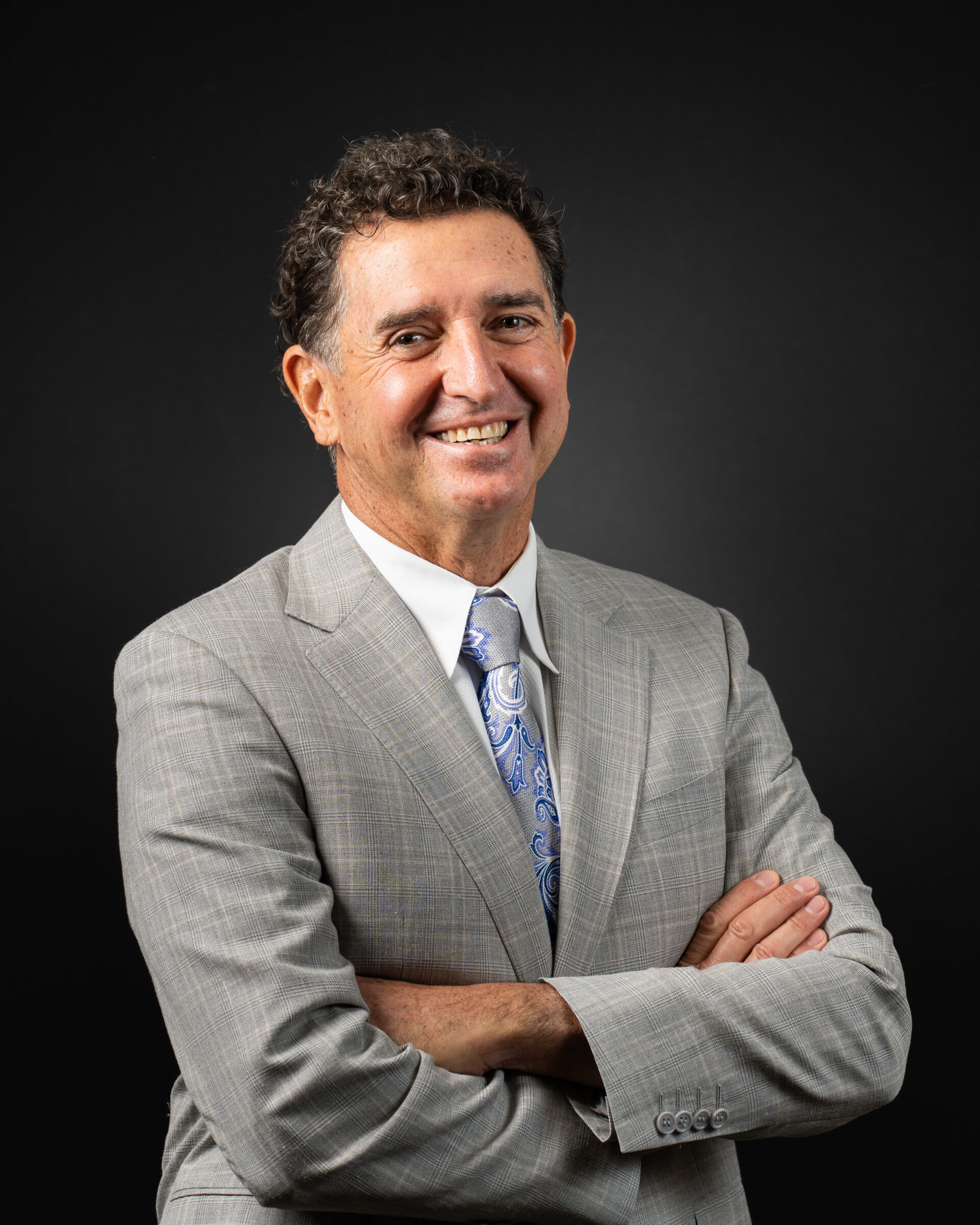
Stacey Gallacher, MD, FAAOS
Dr. Stacey Gallacher is a dual Board-certified orthopedic surgeon specializing in shoulder and elbow surgery and trauma care. Her precise surgical skills and compassionate patient care have made her a trusted specialist in her field. Dr. Gallacher’s dedication to improving patient outcomes through both surgical and non-surgical interventions is commendable.
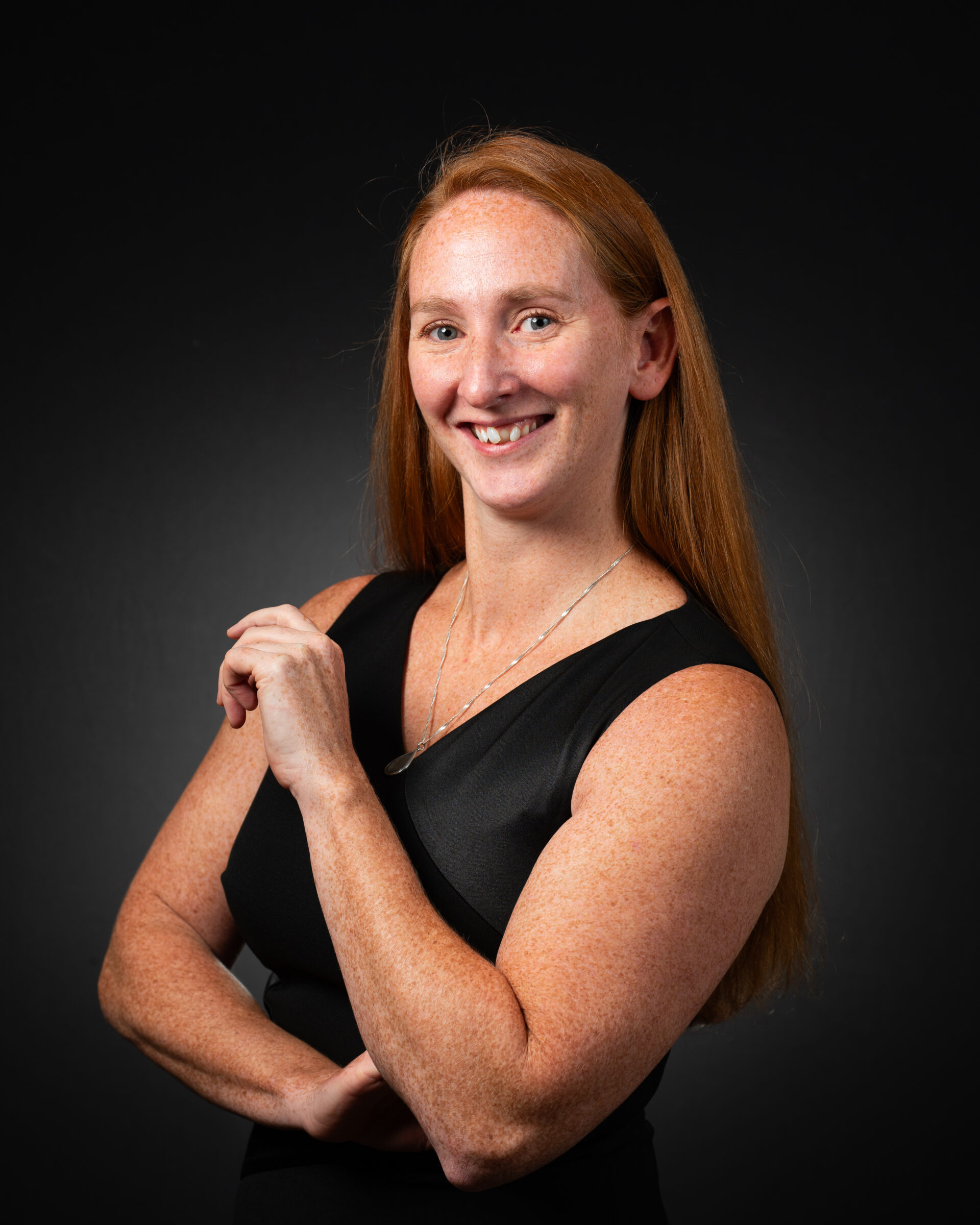
Gerardo Goldberger, DO, FAOAO
Dr. Gerardo Goldberger is a Board-Certified orthopedic surgeon and Fellow of the American Osteopathic Academy of Orthopedics. His specialization in sports medicine and arthroscopic surgery allows him to effectively treat a wide range of athletic injuries. Dr. Goldberger’s dedication to his patients and innovative treatment methods make him a top choice for orthopedic care.
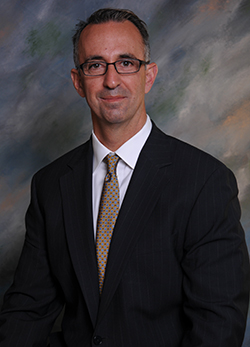
David Kirschenbaum, MD
Dr. David Kirschenbaum is an hand and upper extremity Fellowship-Trained orthopedic surgeon. His extensive experience and commitment to cutting-edge techniques provide patients with innovative solutions for their orthopedic needs. Dr. Kirschenbaum’s dedication to excellence is reflected in his high patient satisfaction and successful surgical outcomes.
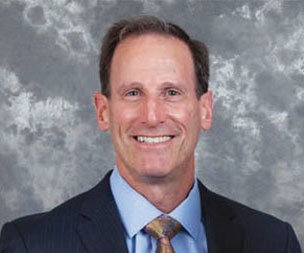
At AOSMI, we are incredibly proud of our doctors’ achievements and their unwavering commitment to providing the highest quality of orthopedic care. Being named NJ Top Docs is a testament to their expertise, compassion, and dedication to patient well-being. We extend our heartfelt congratulations to each of these outstanding physicians and look forward to their continued success in advancing orthopedic and sports medicine.
For more information or to schedule an appointment with any of our top doctors, please contact our office at (732) 335-6727 and schedule an appointment online. Together, we can achieve better health and a higher quality of life.
Shoulder instability and labral tears are common shoulder issues, often resulting from trauma or overuse. These conditions can cause pain, weakness, and a feeling of the shoulder giving way. This guide will help you understand shoulder instability and labral tear surgery, including pre-surgery preparation, the surgery day, and post-surgery recovery.
About the Author: Joseph Tauro, MD, a Board-Certified orthopedic surgeon, is nationally recognized for his expertise in treating shoulder, sports, and degenerative joint disorders. As a professor at Rutgers Medical School and a Master Instructor for the Arthroscopy Association of North America (AANA), he leads the field in developing new techniques for minimally invasive joint replacement, arthroscopic shoulder surgery, and Augmented Reality surgical training. Patients from across the U.S. are referred to Dr. Tauro for his specialized care. Request an appointment with Dr. Tauro today to experience expert orthopedic care first-hand!
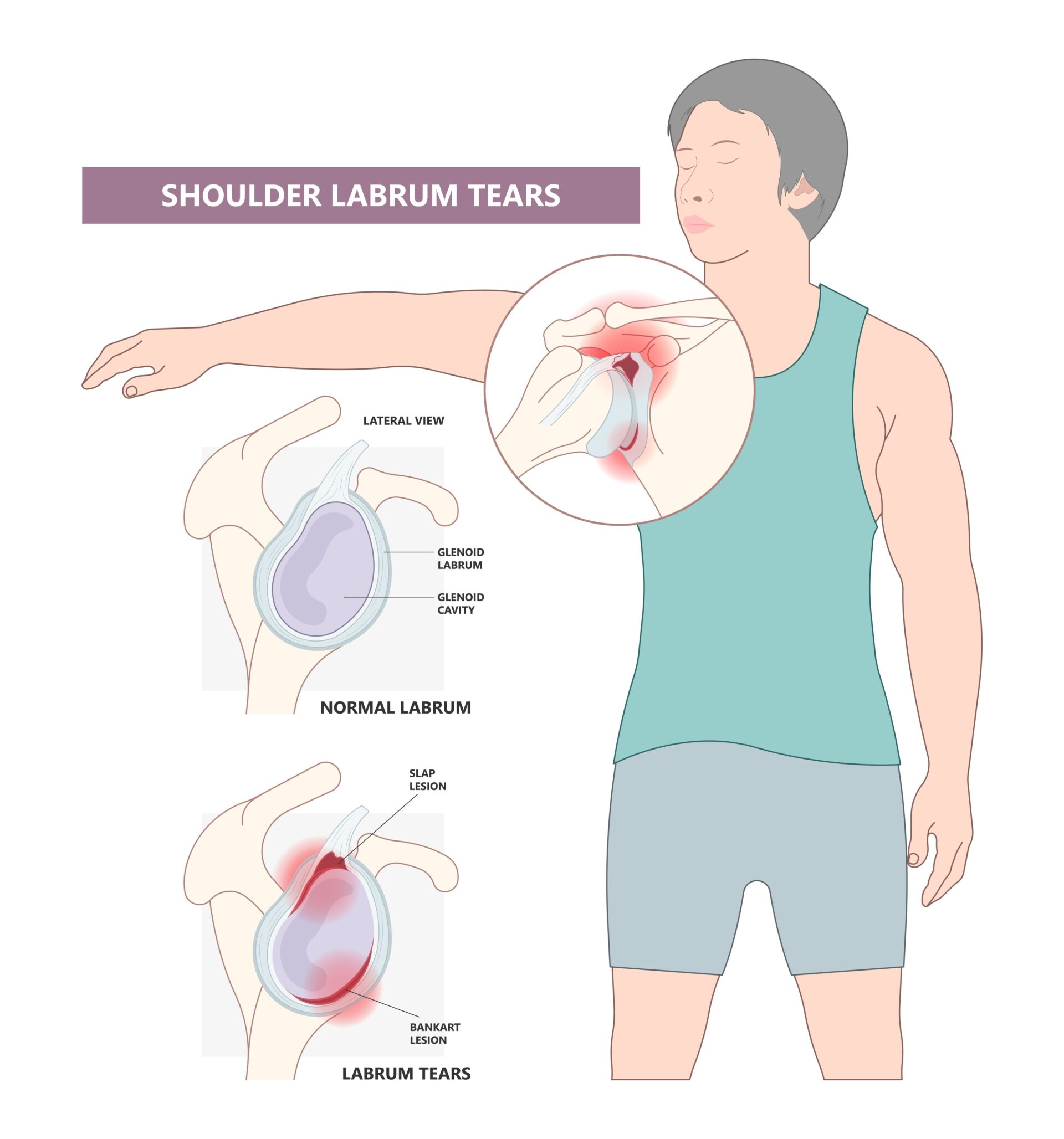
Pre-Surgery Guidelines for Shoulder Instability and Labral Tear Surgery
What You Should Do Before Shoulder Instability and Labral Tear Surgery:
Consultation with Dr. Tauro:
- Ensure you have a thorough discussion with Dr. Tauro about the procedure, risks, and benefits.
Medical Clearance and Preparation:
- Obtain medical clearance from your primary care physician if required.
- Review all medications with your doctor. You may need to stop certain medications, like blood thinners, a few days before surgery.
Physical and Home Preparation:
- Engage in pre-surgery physical therapy or a home therapy program if recommended to strengthen the shoulder muscles.
- Arrange your home to accommodate your post-surgery needs. This might include setting up a comfortable resting area and ensuring easy access to necessities. You may feel more comfortable partially sitting up for sleep for the first few weeks after surgery. We recommend an armed reading pillow with two regular pillows in front of it. These are available at most retail outlets or online.
What You Shouldn’t Do Before Shoulder Instability and Labral Tear Surgery:
Eating and Drinking:
- Do not eat or drink anything after midnight before your surgery day. This includes chewing gum, which can produce excessive saliva in your stomach.
Smoking and Alcohol:
- Avoid smoking as it can impair healing and increase the risk of complications.
- Do not consume alcohol at least 24 hours before surgery.
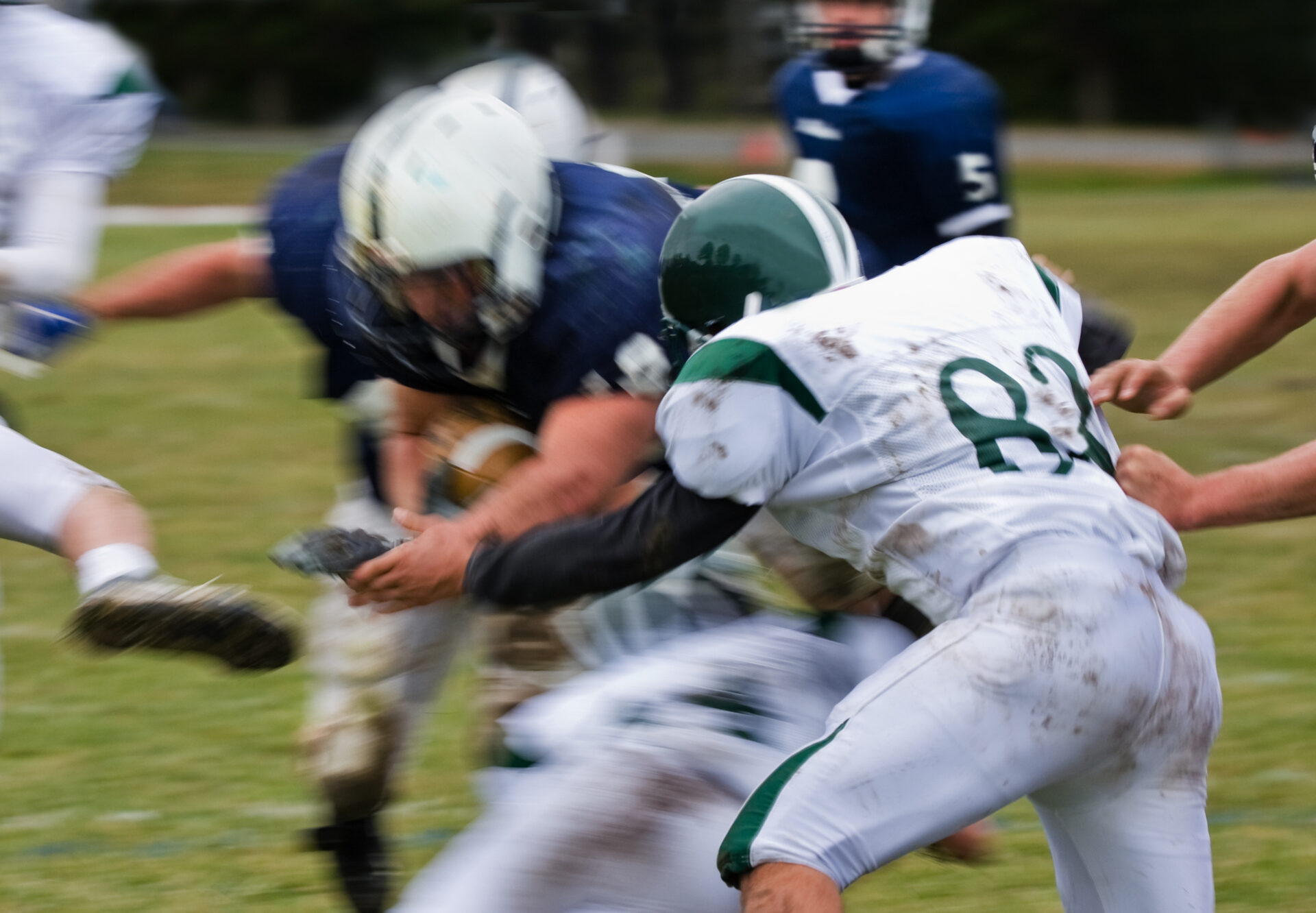
Day of Shoulder Instability and Labral Tear Surgery
What to Do on the Day of Shoulder Instability and Labral Tear Surgery:
Arrive on Time:
- Arrive at the hospital or surgical center at the scheduled time. The surgery center will call you with that time generally the day before surgery.
Wear Comfortable Clothing:
- Wear loose, comfortable clothing that is easy to remove and put on.
Bring Essentials:
- Bring necessary documents and a list of medications.
What to Expect on the Day of Surgery:
Pre-Operative Preparation:
- You will undergo pre-operative preparations, including vital sign checks and anesthesia administration. Anesthesia will usually include a local nerve block, which will reduce pain for several days, as well as general anesthesia.
Surgery Duration:
- The procedure typically takes 1-2 hours, but this can vary depending on your repair.
Post-Operative Recovery:
- After surgery, you will be monitored in a recovery area until the anesthesia wears off.
Post-Operative Care and Recovery After Shoulder Instability and Labral Tear Surgery
Immediate Post-Op Care:
Pain Management:
- Expect some pain and discomfort, which will be managed with prescribed medications. With the nerve block, there is usually minimal pain that can be managed with Tylenol and ibuprofen.
Sling Usage:
- Your shoulder will be immobilized in a sling to protect the repaired area.
Follow-Up Appointments:
- Schedule follow-up appointments with your surgeon, usually 1 to 2 weeks post-surgery. You can pre-schedule this appointment in our office before your surgery.
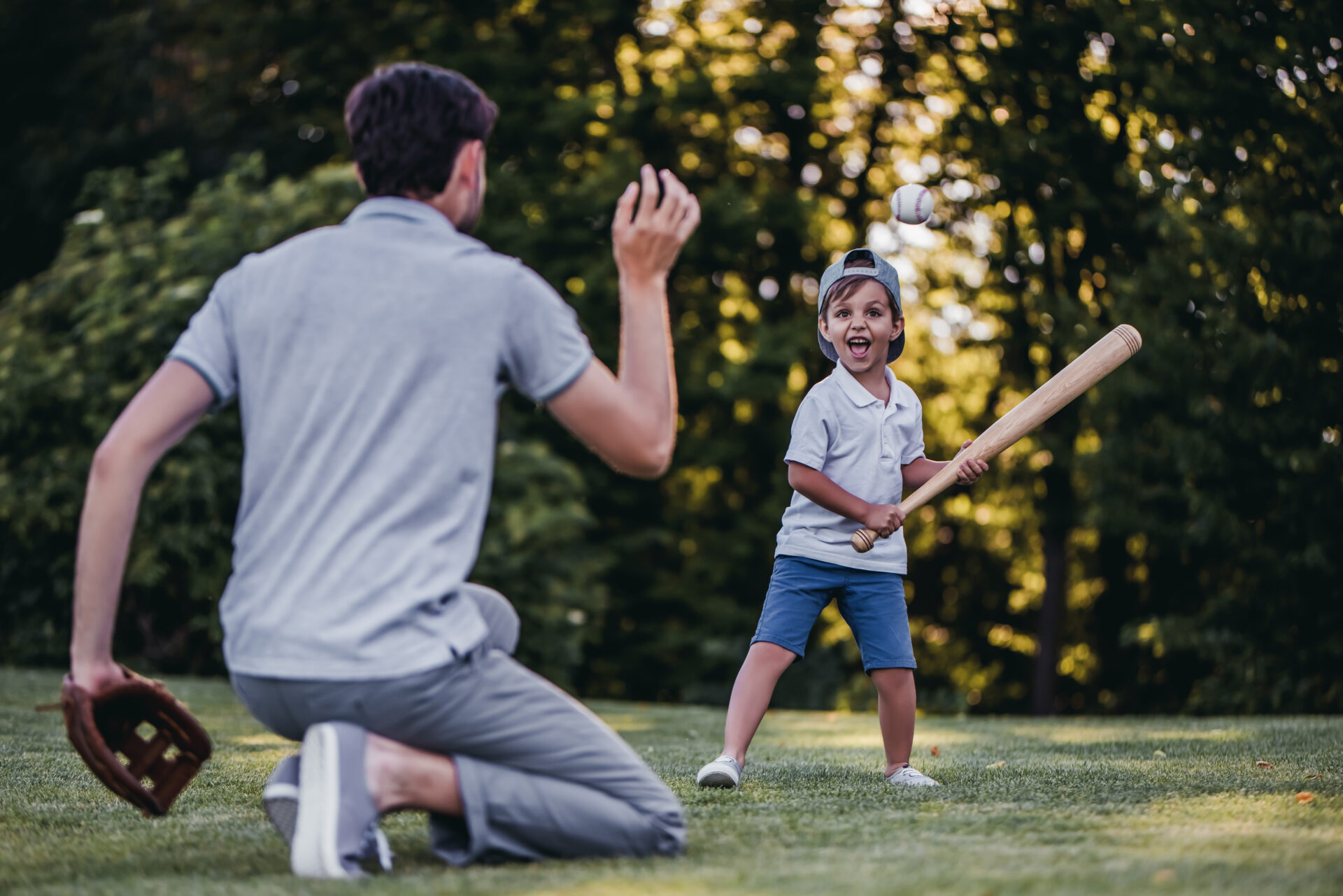
Phases of Recovery After Shoulder Instability and Labral Tear Surgery:
Phase 1 (0-6 Weeks): Protection and Passive Motion
- Wear the sling as directed.
- Engage in passive motion exercises as prescribed by your physical therapist.
- Avoid active shoulder movements and lifting.
Phase 2 (6-10 Weeks): Active Motion
- Gradually begin active motion exercises under the guidance of your physical therapist.
- Focus on restoring the range of motion without straining the shoulder.
Phase 3 (10-24 Weeks): Strengthening
- Incorporate strengthening exercises for the rotator cuff and surrounding muscles.
- Continue to avoid heavy lifting or activities that place excessive strain on the shoulder.
Phase 4 (24+ Weeks): Functional Training
- Progress to functional and sports-specific training as tolerated.
- Aim to return to normal activities and sports gradually, following your therapist’s advice.
Full Recovery After Shoulder Instability and Labral Tear Surgery:
Time Frame:
- Full recovery can take anywhere from 4 months to a year, depending on the extent of the repair and your adherence to the rehabilitation program. Most patients can return to activities like swimming and golf at 4 months post-op.
Rehabilitation:
- Consistent and dedicated rehabilitation is crucial for a successful outcome. Attend all therapy sessions and follow your doctor’s and therapist’s instructions diligently.

Frequently Asked Questions (FAQs):
How long will I need to wear the sling?
- Typically, you will need to wear the sling for 4-6 weeks to protect the repair.
When can I return to work?
- This depends on your job and the extent of your surgery. Desk jobs may allow a return within a few weeks, while more physical jobs may require several months.
Will I regain full range of motion?
- With proper rehabilitation, most patients regain a significant range of motion, though individual results can vary.
Strengthen your Shoulders with Shoulder Instability and Labral Tear Surgery at AOSMI in New Jersey
Shoulder instability and labral tear surgery is a highly effective procedure for treating shoulder issues. By following the pre-surgery guidelines, preparing adequately, and adhering to the post-operative care and rehabilitation phases, you can achieve a successful recovery and regain full function of your shoulder. Always communicate with Dr. Tauro and our team of orthopedic experts at AOSMI if you have any concerns during your recovery journey. If you are experiencing shoulder pain, are considering shoulder instability and labral tear surgery, and would like a consultation, schedule an appointment with Dr. Tauro today!
Total shoulder replacement surgery is a common surgical procedure for individuals suffering from severe shoulder arthritis or injury. This surgery involves replacing the damaged shoulder joint with an artificial implant to relieve pain and restore function. This comprehensive guide will help you understand total shoulder replacement surgery, including pre-surgery preparation, what to expect on the day of surgery, and post-surgery recovery.
Your procedure may be a traditional “primary” shoulder replacement or a “reverse” shoulder replacement depending on the condition of your rotator cuff. Dr Tauro will discuss this with you in detail before your surgery.
About the Author: Joseph Tauro, MD, a Board-Certified orthopedic surgeon, is nationally recognized for his expertise in treating shoulder, sports, and degenerative joint disorders. As a professor at Rutgers Medical School and a Master Instructor for the Arthroscopy Association of North America (AANA), he leads the field in developing new techniques for minimally invasive joint replacement, arthroscopic shoulder surgery, and Augmented Reality surgical training. Patients from across the U.S. are referred to Dr. Tauro for his specialized care. Request an appointment with Dr. Tauro today to experience expert orthopedic care first-hand!
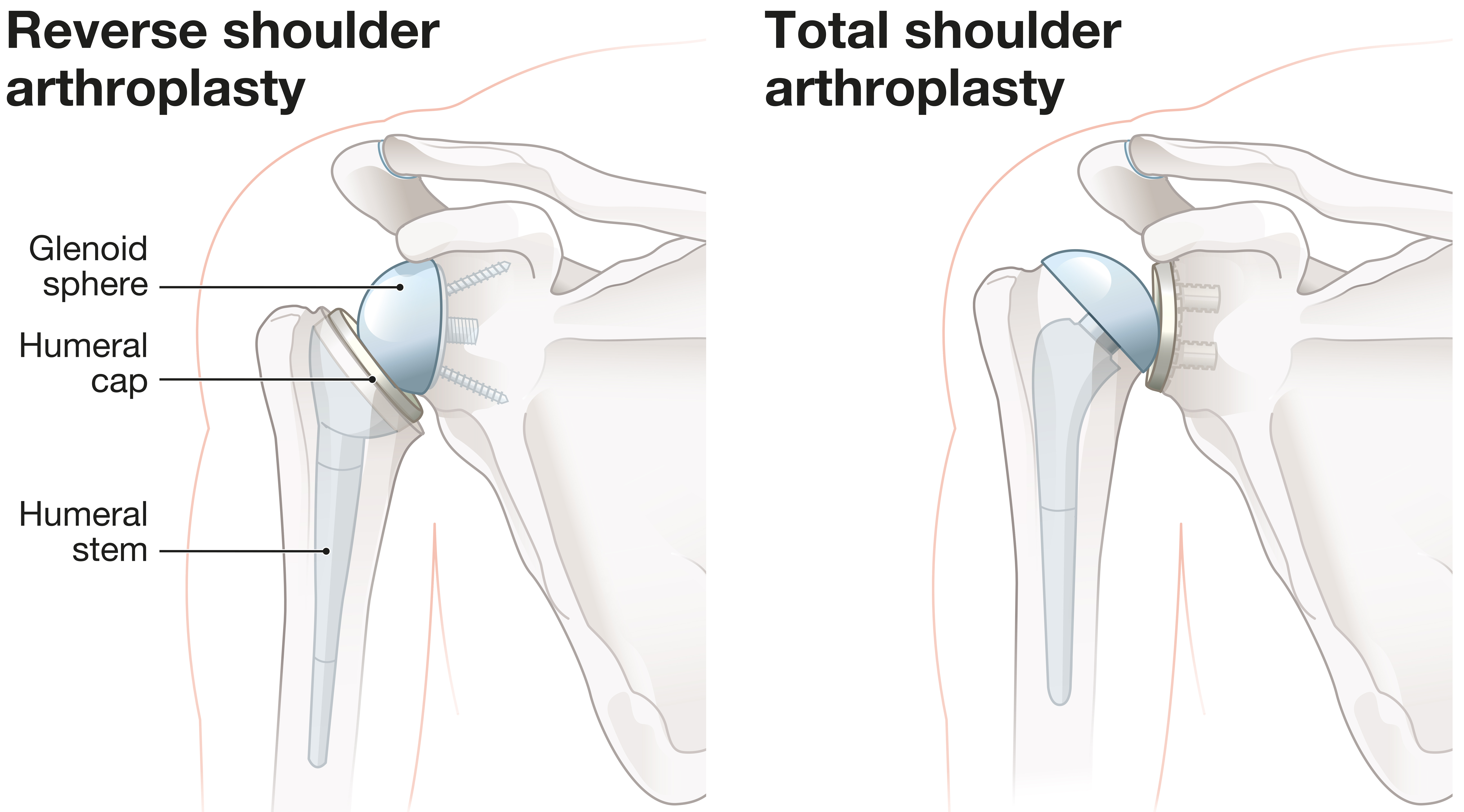
Pre-Surgery Guidelines for Total Shoulder Replacement
What You Should Do Before Shoulder Replacement Surgery:
Consultation with Dr. Tauro:
- Have a thorough discussion with your surgeon about the procedure, risks, and benefits of total shoulder replacement surgery.
- Dr Tauro uses pre operative computerized planning for almost all of the shoulder replacements he performs. This may involve the production of a custom guide to be used during your surgery or the use of a camera guided system in the operating room. This greatly improves the accuracy of your surgery. You will need to go for a specialized CT scan of your shoulder at least 6 weeks before your surgery to allow the use of this technology.
Medical Clearance and Preparation:
- Obtain medical clearance from your primary care physician if required.
- Review all medications with your doctor. You may need to stop certain medications, like blood thinners, a few days before surgery.
Physical and Home Preparation:
- Engage in pre-surgery physical therapy or a home therapy program if recommended to strengthen the shoulder muscles before shoulder replacement surgery.
- Arrange your home to accommodate your post-surgery needs. This might include setting up a comfortable resting area and ensuring easy access to necessities. You may need assistance with daily activities for the first few days after surgery.
- Most patients feel more comfortable sleeping partly sitting up after their surgery for up to 6 weeks. We recommend that you use a reading pillow with a few regular pillows in front of it for sleep. These are commercially available online or from stores such as Target or Walmart.
What You Shouldn’t Do Before Shoulder Replacement Surgery:
Eating and Drinking:
- Do not eat or drink anything after midnight before your shoulder surgery day. This includes chewing gum, which can produce excessive saliva in your stomach.
Smoking and Alcohol:
- Avoid smoking as it can impair healing and increase the risk of complications.
- Do not consume alcohol at least 24 hours before shoulder replacement surgery.
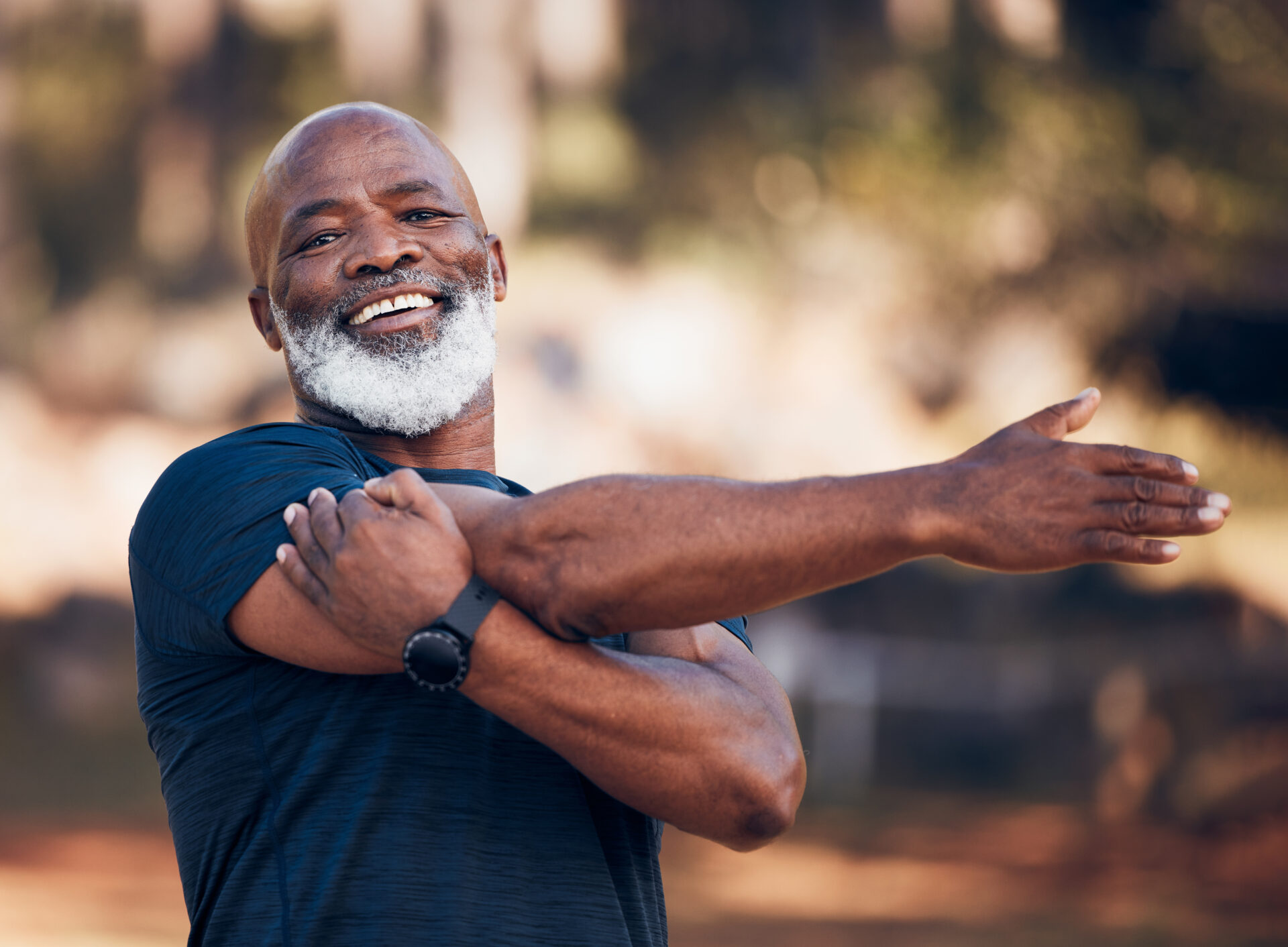
Day of Total Shoulder Replacement Surgery
What to Do on the Day of Surgery:
Arrive on Time:
- Arrive at the hospital or surgical center at the scheduled time. The surgery center will call you with that time generally the day before your shoulder replacement surgery.
Wear Comfortable Clothing:
- Wear loose, comfortable clothing that is easy to remove and put on. Button-up or zip-up tops are recommended.
Bring Essentials:
- Bring necessary documents and a list of medications.
What to Expect on the Day of Surgery:
Pre-operative Preparation:
- You will undergo pre-operative preparations, including vital sign checks and anesthesia administration. Anesthesia will usually include a regional block to numb the shoulder and general anesthesia.
Surgery Duration:
- The procedure typically takes 1-2 hours, but this can vary depending on the complexity of the shoulder replacement surgery.
Post-Operative Recovery:
- After surgery, you will be monitored in a recovery area until the anesthesia wears off.
Post-Operative Care and Recovery After Total Shoulder Replacement
Immediate Post-Op Care:
- Almost all shoulder replacements are considered outpatient procedures. You usually go home the same day or we may keep you overnight if your operation is more complex or you have a medical condition we need to monitor overnight. Regardless, we will have you out of bed and in a chair the day of surgery and walking the same day or the morning after the surgery.
- We DO NOT send patients to inpatient rehabilitation facilities as we feel infection rates are higher and care is inconsistent. You are much better off at home in a clean, comfortable and familiar environment.
- You will need to make sure a friend or family member is with you for the first 2 days after discharge.
- We will prescribe outpatient physical therapy to do at home. You should begin therapy immediately, usually 2-5 days after your surgery
- Expect some pain and discomfort, which will be managed with prescribed medications. With the regional block, there is usually minimal pain initially, which can be managed with Tylenol and ibuprofen afterward. When the block wears off a few days after surgery, pain may increase and you may need stronger pain medication which we will prescribe. Make sure the hospital or surgery center has accurate information about your pharmacy.
Sling Usage:
- Your shoulder will be immobilized in a sling to protect the repaired area.
Follow-Up Appointments:
- Schedule follow-up appointments with your surgeon, usually 1 to 2 weeks post-surgery. You can pre-schedule this appointment in our office before your shoulder replacement surgery.
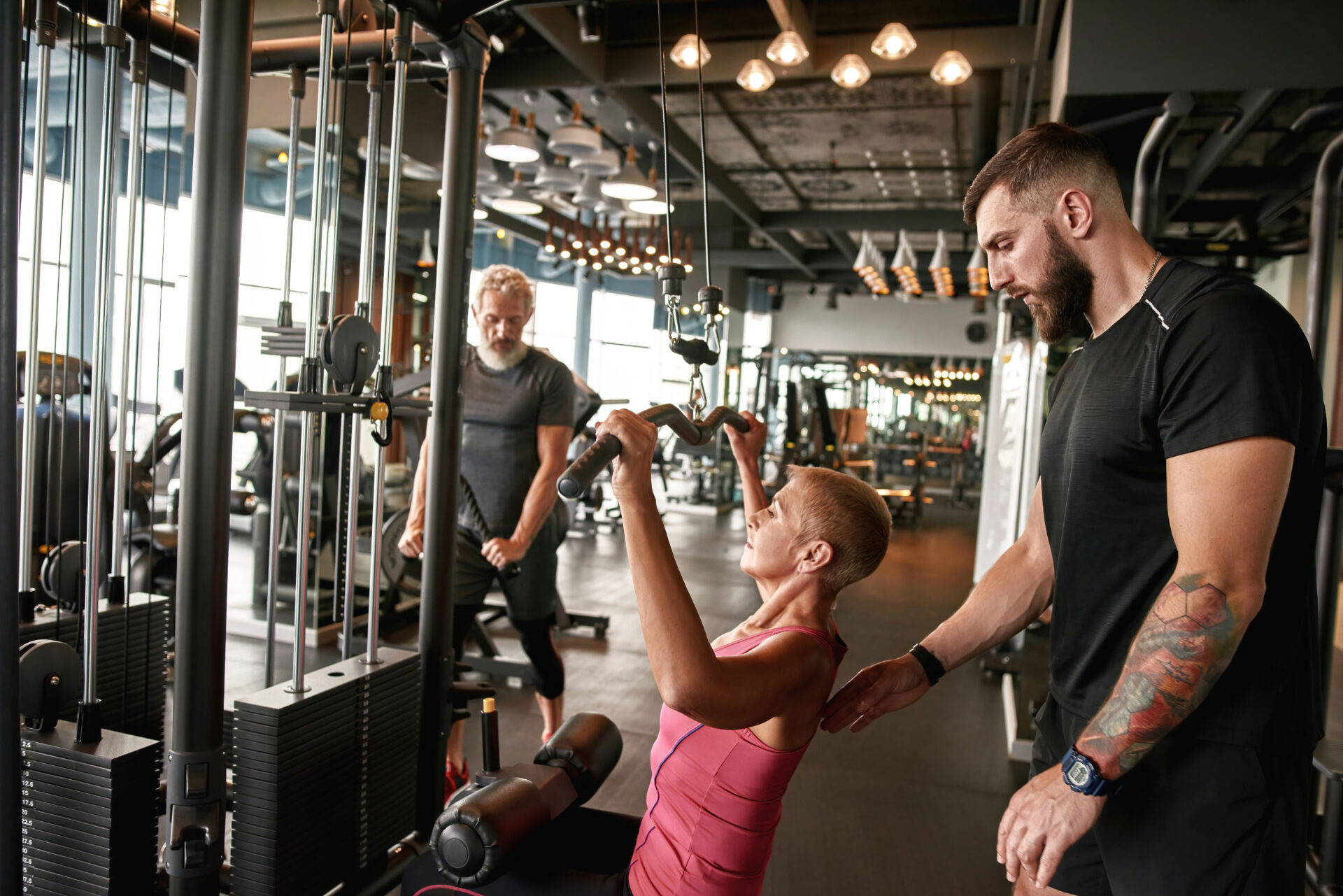
Phases of Recovery After Total Shoulder Replacement Surgery:
Phase 1 (0-2 Weeks): Protection and Initial Healing
- Wear the sling as directed.
- Engage in passive motion exercises as prescribed by your physical therapist.
- Avoid active shoulder movements and lifting.
Phase 2 (2-6 Weeks): Controlled Motion
- Gradually begin controlled motion exercises under the guidance of your physical therapist.
- Focus on restoring the range of motion without straining the shoulder.
Phase 3 (6-12 Weeks): Strengthening
- Incorporate strengthening exercises for the shoulder and surrounding muscles.
- Continue to avoid heavy lifting or activities that place excessive strain on the shoulder.
Phase 4 (3-6 Months): Functional Training
- Progress to functional and everyday activities as tolerated.
- Aim to return to normal activities gradually, following your therapist’s advice.
Full Recovery After Total Shoulder Replacement Surgery:
Time Frame:
- Full recovery can take anywhere from 4-6 months to a year, depending on the extent of the surgery and your adherence to the rehabilitation program. Most patients can return to activities like light exercise and daily tasks at 12 weeks post-op.
Rehabilitation:
- Consistent and dedicated rehabilitation is crucial for a successful outcome. Attend all therapy sessions and follow your doctor’s and therapist’s instructions diligently.

Frequently Asked Questions (FAQs):
How long will I need to use a sling after shoulder replacement surgery?
- Typically, you will need to use a sling for 4-6 weeks to support your shoulder.
When can I return to work after total shoulder replacement surgery?
- This depends on your job and the extent of your surgery. Desk jobs may allow a return within a few weeks, while more physical jobs may require several months.
Will I regain full range of motion after shoulder replacement surgery?
- With proper rehabilitation, most patients regain a significant range of motion, though individual results can vary.
Strengthen your Shoulders with Total Shoulder Replacement Surgery at AOSMI in New Jersey
Total shoulder replacement surgery is a highly effective procedure for treating severe shoulder arthritis and injury. By following the pre-surgery guidelines, preparing adequately, and adhering to the post-operative care and rehabilitation phases, you can achieve a successful recovery and regain full function of your shoulder. Always communicate with Dr. Tauro and the team of orthopedic experts at AOSMI if you have any concerns during your recovery journey. If you are experiencing shoulder pain, are considering shoulder replacement surgery, and would like a consultation, schedule an appointment with Dr. Tauro today!
Arthroscopic rotator cuff surgery is a minimally invasive surgical procedure used to repair a torn rotator cuff in your shoulder. The procedure involves small incisions through which a camera, arthroscope, and surgical instruments are inserted to repair the damaged tendons. This guide will help you understand what to do before surgery, on the day of surgery, and what to expect during recovery.
About the Author: Joseph Tauro, MD, a Board-Certified orthopedic surgeon, is nationally recognized for his expertise in treating shoulder, sports, and degenerative joint disorders. As a professor at Rutgers Medical School and a Master Instructor for the Arthroscopy Association of North America (AANA), he leads the field in developing new techniques for minimally invasive joint replacement, arthroscopic shoulder surgery, and Augmented Reality surgical training. Patients from across the U.S. are referred to Dr. Tauro for his specialized care. Request an appointment with Dr. Tauro today to experience expert orthopedic care first-hand!
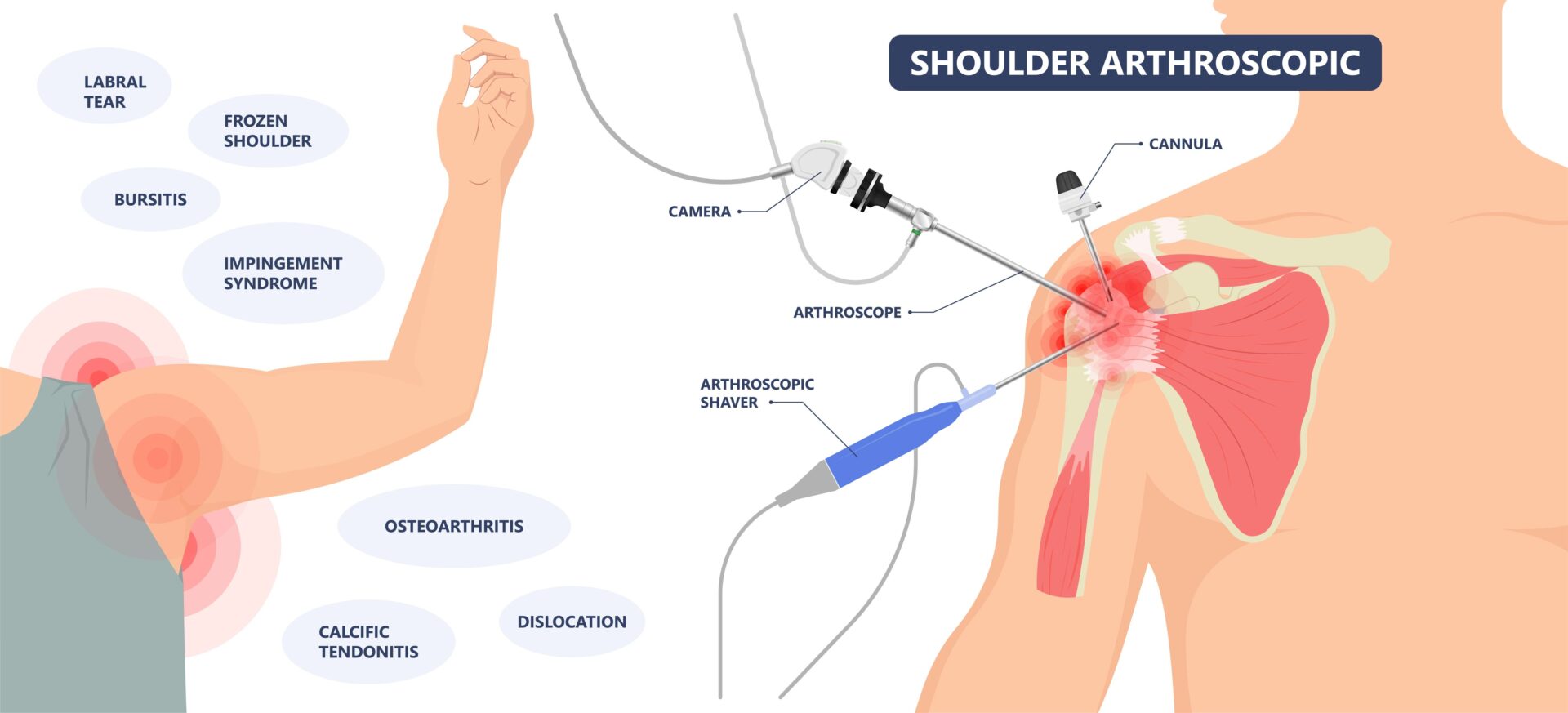
Pre-Surgery Guidelines for Arthroscopic Rotator Cuff Surgery
What You Should Do Before Arthroscopic Rotator Cuff Surgery:
-
Consultation with Dr. Tauro:
- Ensure you have a thorough discussion with your surgeon about the procedure, risks, and benefits.
-
Medical Clearance and Preparation:
- Obtain medical clearance from your primary care physician if required.
- Review all medications with your doctor. You may need to stop certain medications, like blood thinners, a few days before surgery.
-
Physical and Home Preparation:
- Engage in pre-surgery physical therapy or a home therapy program if recommended to strengthen the shoulder muscles.
- Arrange your home to accommodate your post-surgery needs. This might include setting up a comfortable resting area and ensuring easy access to necessities. You may feel more comfortable partially sitting up for sleep for the first few weeks after surgery. We recommend an armed reading pillow with 2 regular pillows in front of it. These are available at most retail outlets or online.
What You Shouldn’t Do Before Arthroscopic Rotator Cuff Surgery:
-
Eating and Drinking:
- Do not eat or drink anything after midnight before your surgery day. This includes chewing gum which can produce excessive saliva in your stomach.
-
Smoking and Alcohol:
- Avoid smoking as it can impair healing and increase the risk of complications.
- Do not consume alcohol at least 24 hours before surgery.

Day of Arthroscopic Rotator Cuff Surgery
What to Do on the Day of Surgery:
-
Arrive on Time:
- Arrive at the hospital or surgical center at the scheduled time. The staff at the surgical center will call you with that time generally the day before surgery.
-
Wear Comfortable Clothing:
- Wear loose, comfortable clothing that is easy to remove and put on.
-
Bring Essentials:
- Bring necessary documents, a list of medications.
What to Expect on the Day of Surgery:
-
Pre-Operative Preparation:
- You will undergo pre-operative preparations, including vital sign checks and anesthesia administration. Anesthesia will usually include a local nerve block which will reduce pain for several days as well as general anesthesia.
-
Surgery Duration:
- The procedure typically takes 1-2 hours, but this can vary depending on your repair.
-
Post-Operative Recovery:
- After surgery, you will be monitored in a recovery area until the anesthesia wears off.
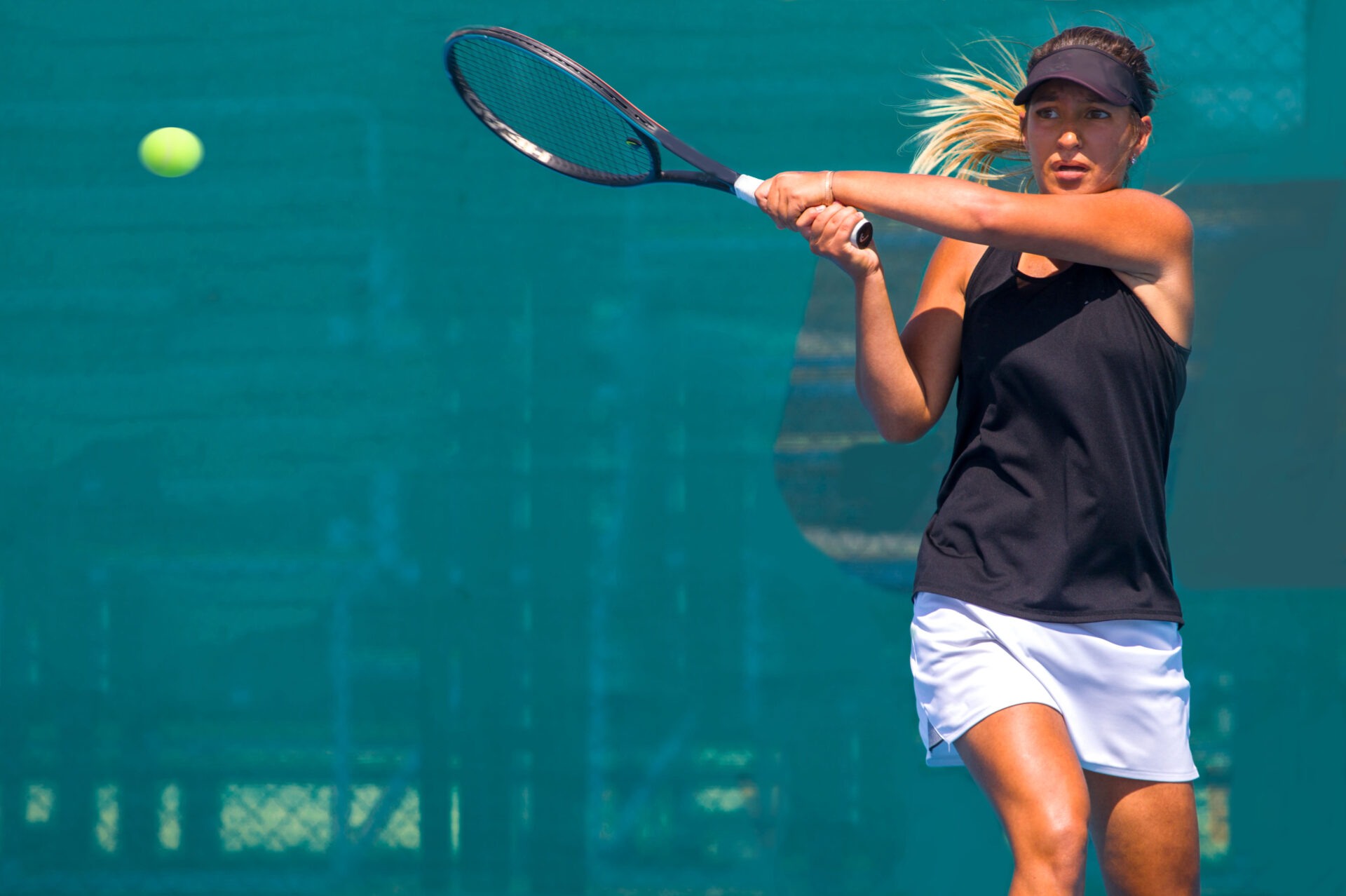
Post-Operative Care and Recovery After Arthroscopic Rotator Cuff Surgery
Immediate Post-Op Care:
-
Pain Management:
- Expect some pain and discomfort, which will be managed with prescribed medications. With the nerve block, there is usually minimal pain which can be managed with Tylenol and ibuprofen.
-
Sling Usage:
- Your shoulder will be immobilized in a sling to protect the repair.
-
Follow-Up Appointments:
- Schedule follow-up appointments with your surgeon, usually 1 to 2 weeks post surgery. You can pre schedule this appointment in our office before your surgery..
Phases of Recovery After Arthroscopic Rotator Cuff Surgery:
Phase 1 (0-6 Weeks): Protection and Passive Motion
-
- Wear the sling as directed.
- Engage in passive motion exercises as prescribed by your physical therapist.
- Avoid active shoulder movements and lifting.
Phase 2 (6-10 Weeks): Active Motion
-
- Gradually begin active motion exercises under the guidance of your physical therapist.
- Focus on restoring range of motion without straining the shoulder.
Phase 3 (10-24 Weeks): Strengthening
-
- Incorporate strengthening exercises for the rotator cuff and surrounding muscles.
- Continue to avoid heavy lifting or activities that place excessive strain on the shoulder.
Phase 4 (24+ Weeks): Functional Training
-
- Progress to functional and sports-specific training as tolerated.
- Aim to return to normal activities and sports gradually, following your therapist’s advice.
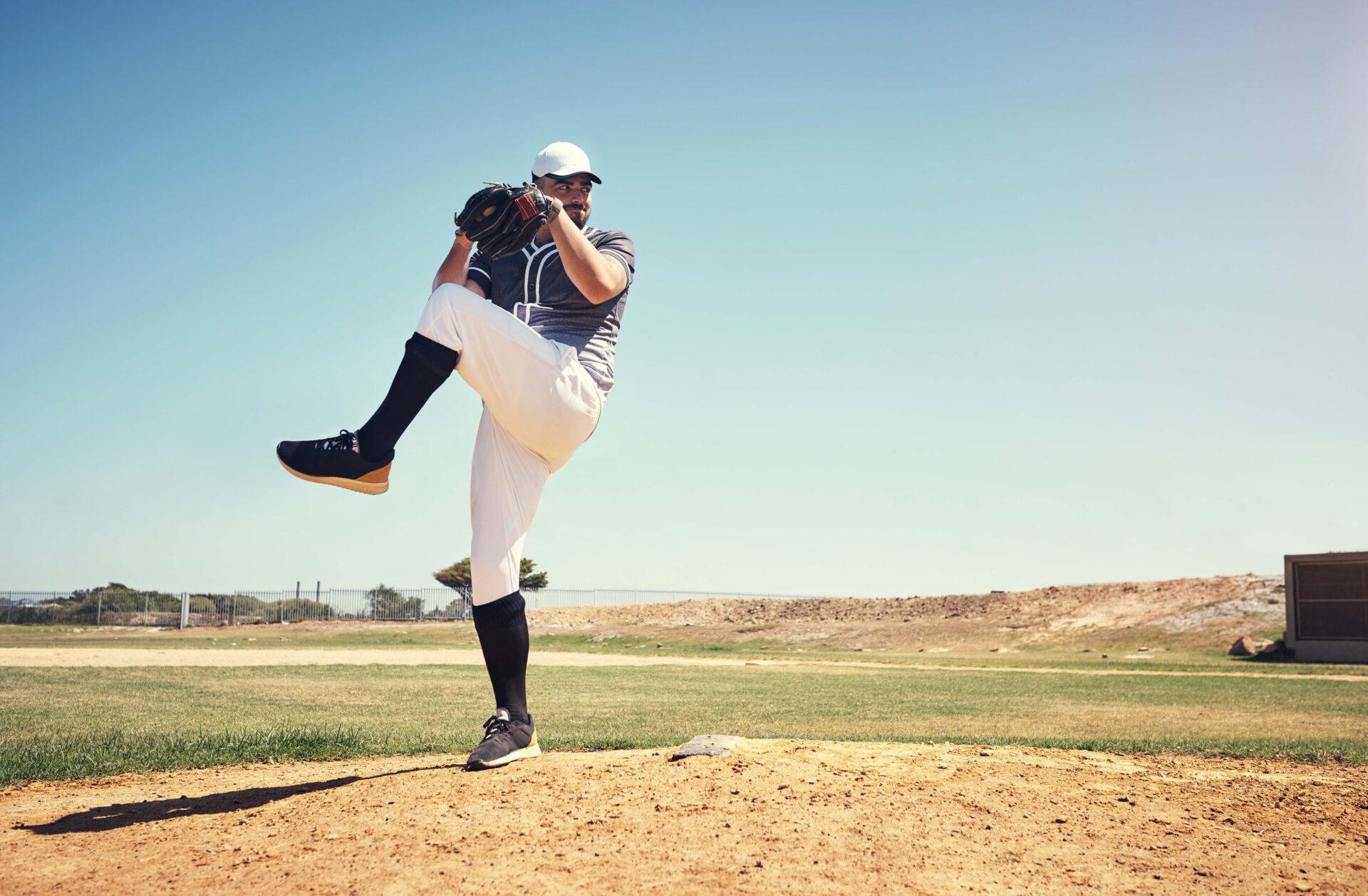
Full Recovery After Arthroscopic Rotator Cuff Surgery:
-
Time Frame:
- Full recovery can take anywhere from 4 months to a year, depending on the extent of the repair and your adherence to the rehabilitation program. Most patients can return to activities like swimming and golf at 4 months post op.
-
Rehabilitation:
- Consistent and dedicated rehabilitation is crucial for a successful outcome. Attend all therapy sessions and follow your doctor’s and therapist’s instructions diligently.
Frequently Asked Questions (FAQs):
-
How long will I need to wear the sling?
- Typically, you will need to wear the sling for 4-6 weeks to protect the repair.
-
When can I return to work?
- This depends on your job and the extent of your surgery. Desk jobs may allow a return within a few weeks, while more physical jobs may require several months.
-
Will I regain full range of motion?
- With proper rehabilitation, most patients regain a significant range of motion, though individual results can vary.
Arthroscopic rotator cuff repair is a highly effective procedure for treating rotator cuff tears. By following the pre-surgery guidelines, preparing adequately, and adhering to the post-operative care and rehabilitation phases, you can achieve a successful recovery and regain full function of your shoulder. Always communicate with Dr. Tauro and your physical therapist and seek their advice if you have any concerns during your recovery journey. If you are experiencing shoulder pain and would like a consultation, schedule an appointment with Dr. Tauro today!
We are excited to announce the expansion of our spine care and sports medicine services at our AOSMI Belmar location, starting on May 2, 2024. This addition enhances the orthopedic care currently provided by Dr. Stacey Gallacher at Belmar, reflecting our commitment to providing comprehensive and specialized treatment. We’re delighted to reveal that Ali Valimahomed, MD, FAAPMR, is extending his services to Belmar after having made significant contributions at our Freehold location. Dr. Valimahomed’s addition to the Belmar facility significantly enhances our ability to deliver outstanding musculoskeletal care to the community.
Michael J. Greller, MD, MBA, CPE, FAAOS, board-certified Orthopedic Surgeon and Managing Partner at AOSMI, expressed his enthusiasm for our expansion, “On behalf of the team at AOSMI, I am proud to announce the expansion of our trusted Orthopedic and Pain Management services into Belmar. Our team is committed to providing innovative, state-of-the-art treatment options and we are excited to facilitate specialized care and rehabilitation, under-one-roof, in the heart of Belmar. In our continued commitment to excellence in healthcare, we look forward to positively impacting the lives of our patients and their families in the Belmar community.” In addition to comprehensive orthopedics, physical therapy and acupuncture services are offered at Belmar. This strategic expansion emphasizes AOSMI’s commitment to patient care excellence and outcomes. With a focus on delivering exceptional clinical results, supported by cutting-edge treatments and compassionate care, AOSMI is set to continue its mission of providing the highest level of comprehensive musculoskeletal services.
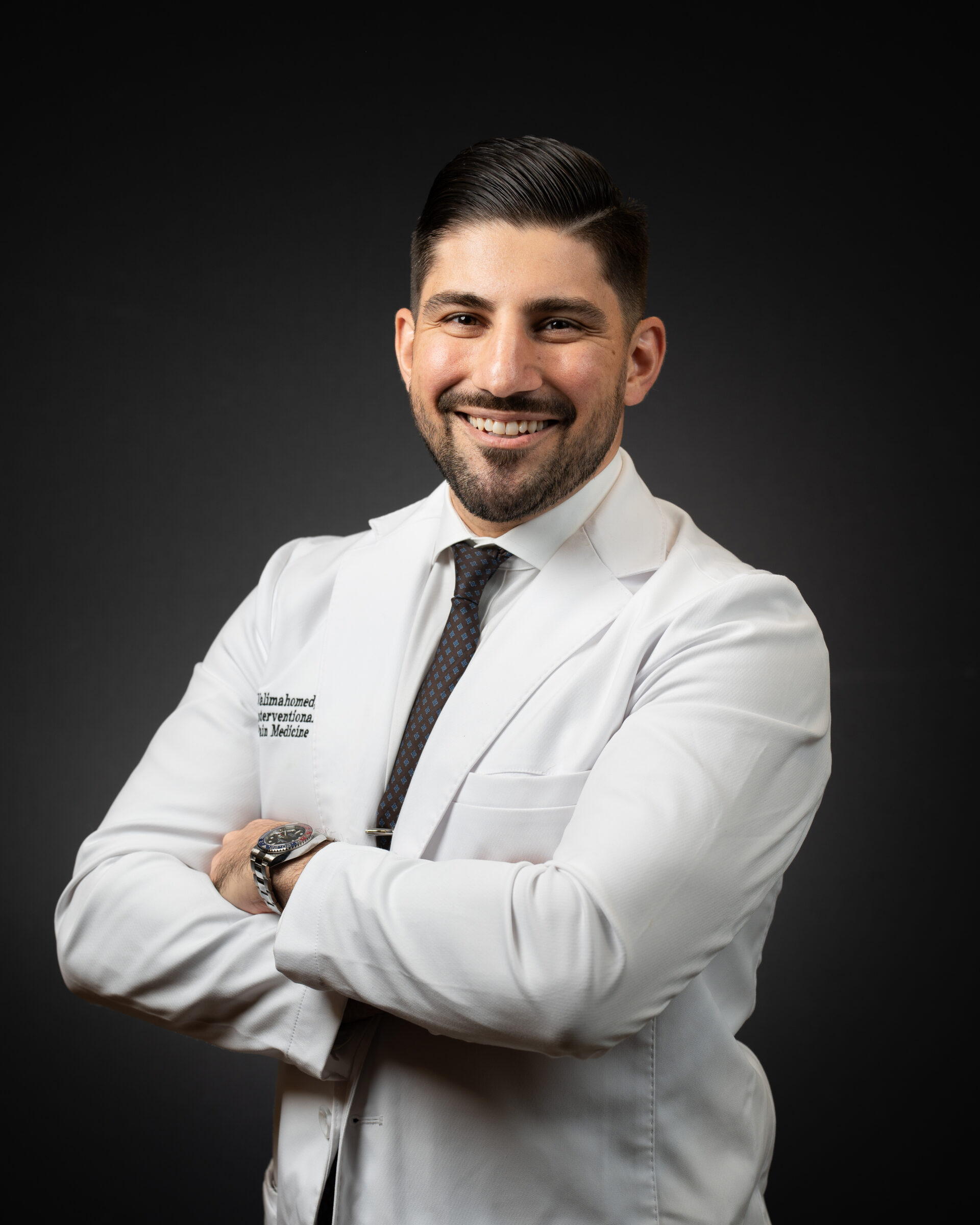
Dr. Ali Valimahomed: A Pillar of Expertise in Belmar
Dr. Valimahomed is dual board-certified in Interventional Pain Medicine and Physical Medicine & Rehabilitation. He completed an ACGME-accredited Interventional Pain Medicine Fellowship and uses the most current treatments and innovative approaches to effectively address complex pain challenges. His arrival in Belmar will enable more patients to receive high-quality pain management care closer to home.
Dr. Valimahomed specializes in spine care, musculoskeletal medicine, non-surgical sports medicine, and pain management. Whether you’re struggling with back pain, neck discomfort, or spinal issues like herniated discs or spinal stenosis, his tailored treatment plans aim for lasting relief and improved quality of life. Dr. Valimahomed addresses the source of your pain through a range of targeted interventions, including fluoroscopic-guided and ultrasound-guided spine injections, peripheral nerve blocks, and minimally invasive spine surgery. His expertise extends to conditions arising from auto accidents, work-related injuries, and sports injuries, ensuring comprehensive care. Through his treatment plans, you can strengthen your back, improve your mobility, and get back to living life to your fullest potential.
Orthopedic Excellence in Belmar: Comprehensive Musculoskeletal Care
In addition to Dr. Valimahomed’s pain management expertise, our Belmar location currently provides comprehensive musculoskeletal care, encompassing a full range of orthopedic services, physical therapy, and acupuncture.
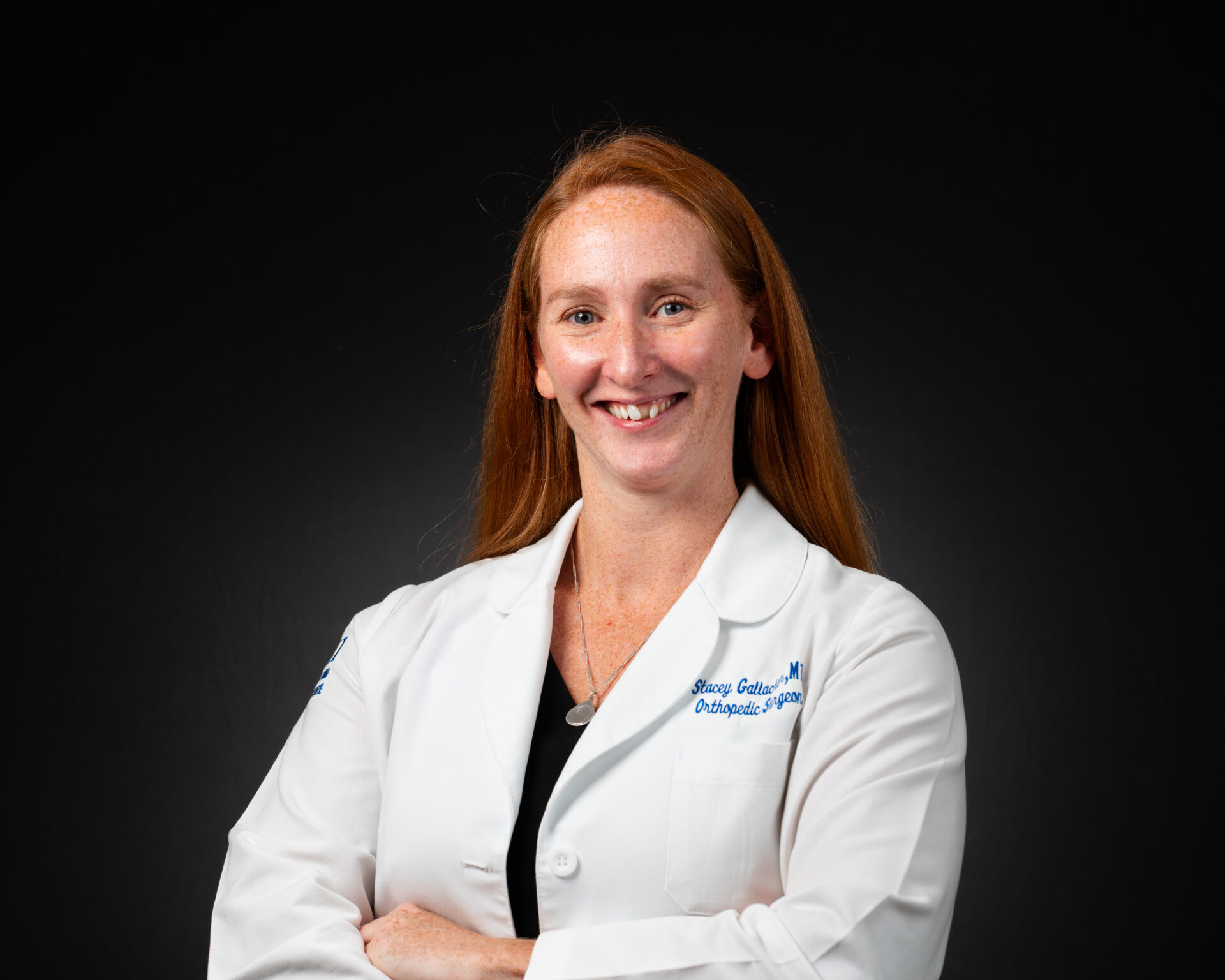
Leading the charge is Stacey Gallacher, MD, FAAOS, an accomplished orthopedic surgeon with board certification and dual fellowship training in shoulder & elbow and trauma. Dr. Gallacher’s extensive experience in musculoskeletal health ensures our patients receive the highest standard of personalized care. Dr. Gallacher addresses the full range of orthopedic injuries, with a focus on shoulder, elbow, and trauma. Our commitment to comprehensive musculoskeletal care means that patients have access to the best possible treatments for a wide variety of orthopedic conditions, all under one roof.
Whether you’re on the road to recovery following surgery, dealing with chronic pain, or aiming to improve your physical health, our dedicated team is here to guide and assist you every step of the way.
Welcome to AOSMI Belmar
Starting on May 2, 2024, located at 712 10th Avenue, Belmar, NJ 07728, AOSMI Belmar will be ready with spine care, musculoskeletal medicine, non-surgical sports medicine, and pain management. Our facility is equipped with the latest technology, and our dedicated team is committed to delivering exceptional care within your community. For more information or to request an appointment, contact us today. Dr. Valimahomed, Dr. Gallacher, and the entire AOSMI team look forward to supporting your health and wellness journey, now even more conveniently at our Belmar location.
As Fall wraps us in its chilly embrace, you can bet basketball courts and ice skating rinks across New Jersey are buzzing with activity. Whether you’re part of a school team, hitting the court for a bit of fun, or gliding across the ice with friends and family, these Fall sports are a great way to stay active. With all the excitement, there’s also a chance of bumps, bruises, and sometimes more serious injuries. At AOSMI, we believe in patient education. We want to teach you about the more common Fall sports injuries, so that you are prepared and so that we can work together to get you back to your strongest self.
Common Fall Basketball Injuries:
Common Injuries: Some of the most common injuries in basketball are ankle sprains and anterior cruciate ligament (ACL) tears, both of which impact performance and long-term joint health.
Causes of Injury: Ankle sprains arise from the high-impact nature of basketball, particularly during rapid direction changes or awkward landings after jumps. ACL tears are often linked to abrupt stops, pivots, or sudden directional changes, exerting stress beyond the knee joint’s normal capacity.
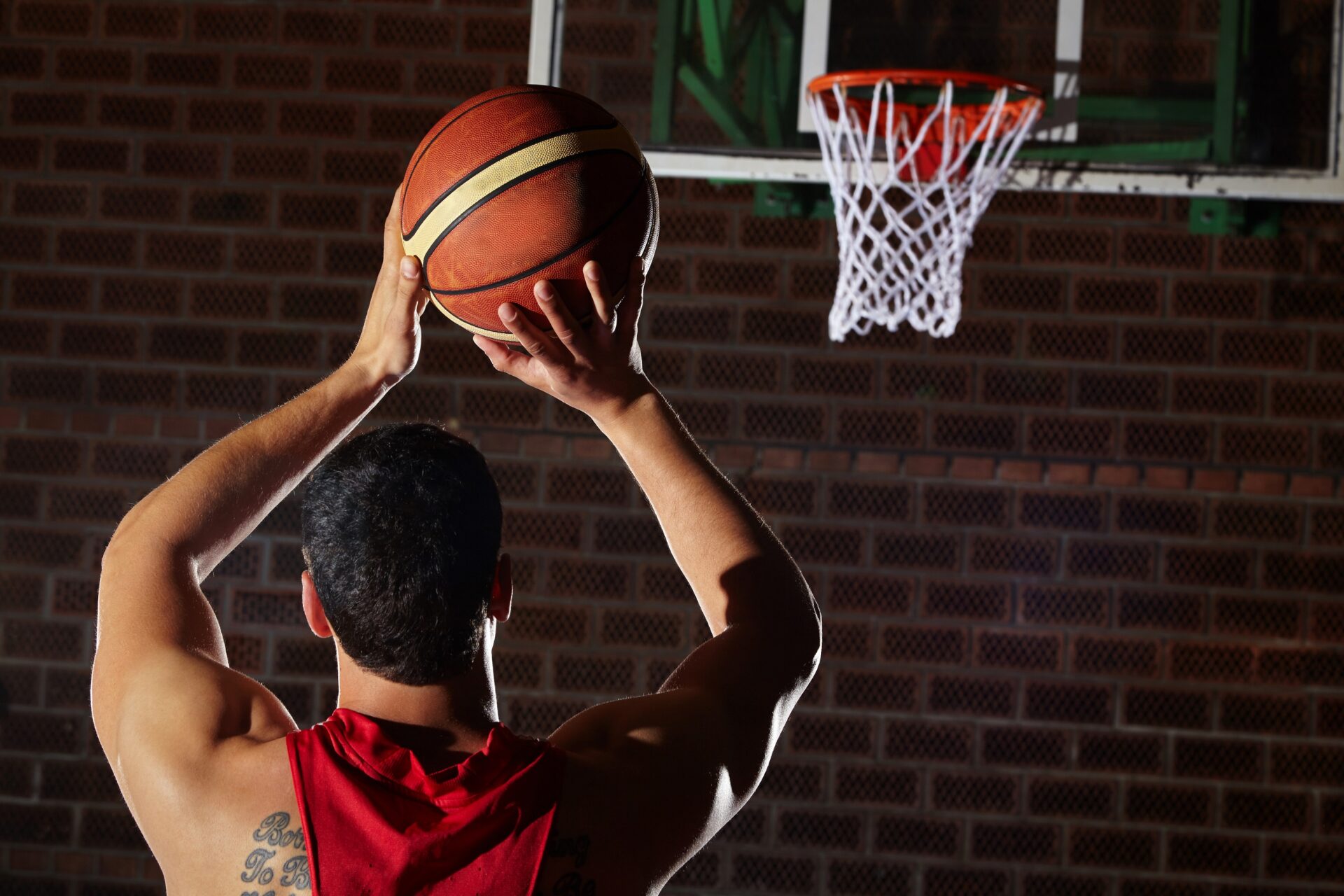
Treatment and Surgery: Initial treatment for ankle sprains involves the R.I.C.E. protocol (Rest, Ice, Compression, and Elevation) to reduce swelling. ACL tears may necessitate surgical reconstruction using the patient’s tissues or grafts. At AOSMI, we are on the cutting-edge of orthopedic treatment – as such, we offer the BEAR (Bridge-Enhanced ACL Restoration) Implant that allows for natural healing without the need for grafts.
Physical Therapy Rehabilitation: Post-surgery, physical therapy becomes pivotal in restoring strength, flexibility, and joint stability. Progressive exercises targeting muscle strength, balance, and proprioception form the core of rehabilitation, guided by physical therapists to ensure a gradual return to play, minimizing the risk of re-injury. At AOSMI, our physical therapists tailor their treatment plans to your unique injury, ensuring a personalized approach.
Common Fall Ice Skating Injuries:
Common Injuries: Ice skaters frequently contend with fractures, particularly in vulnerable areas like the wrist and hip, because of the dynamic and sometimes acrobatic nature of the sport.
Causes of Injury: Falls on the ice, whether during jumps, spins, or routine skating, expose skaters to the risk of fractures. The hard frozen surface amplifies the impact, leading to fractures, especially in areas like the wrist and hip.

Treatment and Surgery: Immediate immobilization is important for managing fractures sustained during ice skating. Wrist fractures may require casting or splinting, while hip fractures may necessitate surgical intervention, involving plates, screws, or other fixation devices for proper alignment and stability.
Physical Therapy Rehabilitation: Rehab for ice skating injuries takes a comprehensive approach. Range-of-motion exercises are crucial for regaining flexibility, while progressive weight-bearing activities aid in rebuilding strength. Physical therapists craft tailored plans, integrating exercises that address the unique challenges of ice skating injuries, with a focus on enhancing balance, coordination, and functional movement. This personalized rehabilitation aims not only to restore functionality but also to prevent future injuries, facilitating a safe return to the ice.
By addressing the specific Fall sports injuries associated with basketball and ice skating, we aim to equip you with the knowledge needed to navigate the season safely. At AOSMI, our team is committed to providing the highest quality orthopedic and physical therapy care to our patients across New Jersey. If you are experiencing pain or injury from these sports, please request an appointment today. We are dedicated to helping you live a healthier, stronger life.







